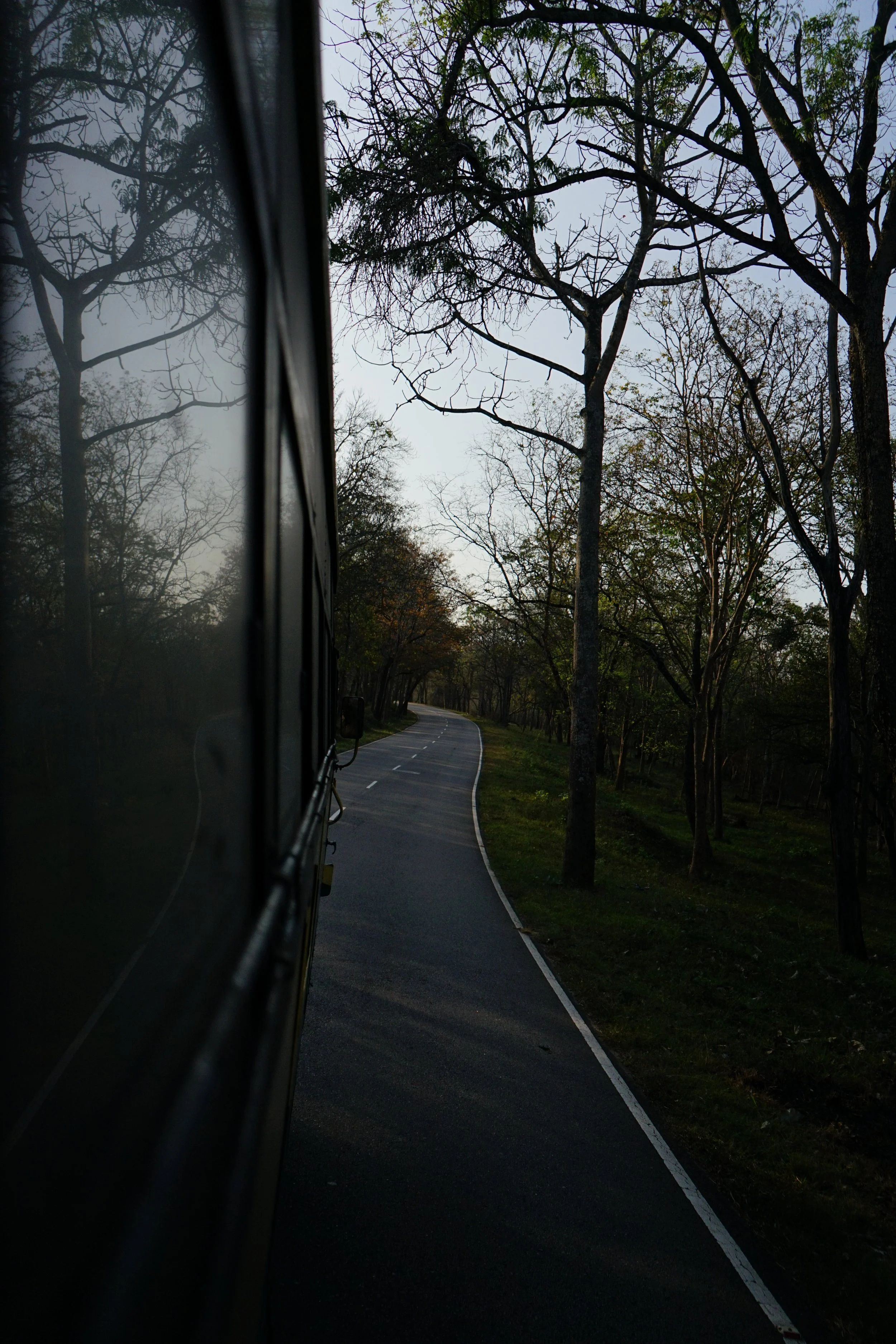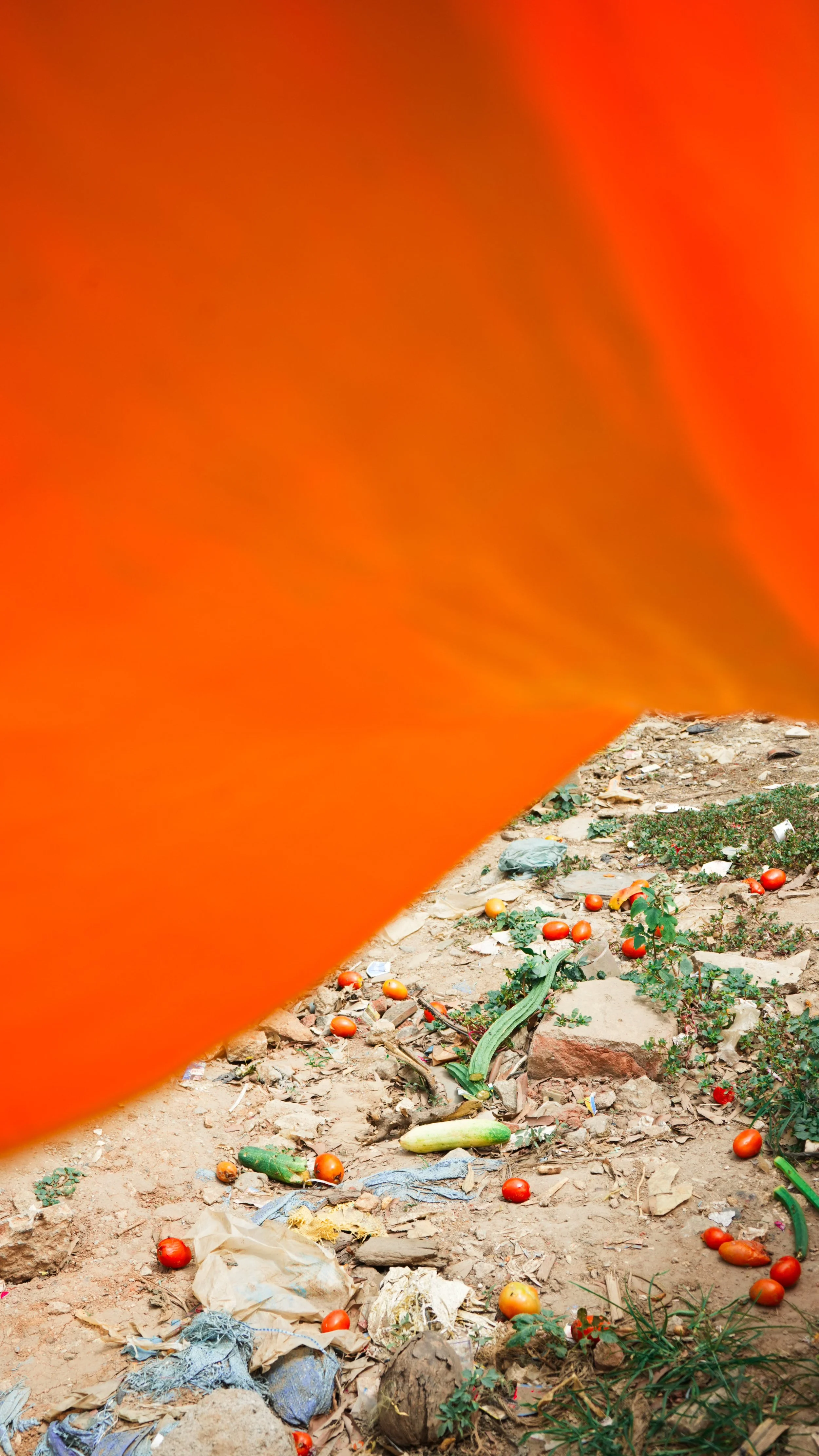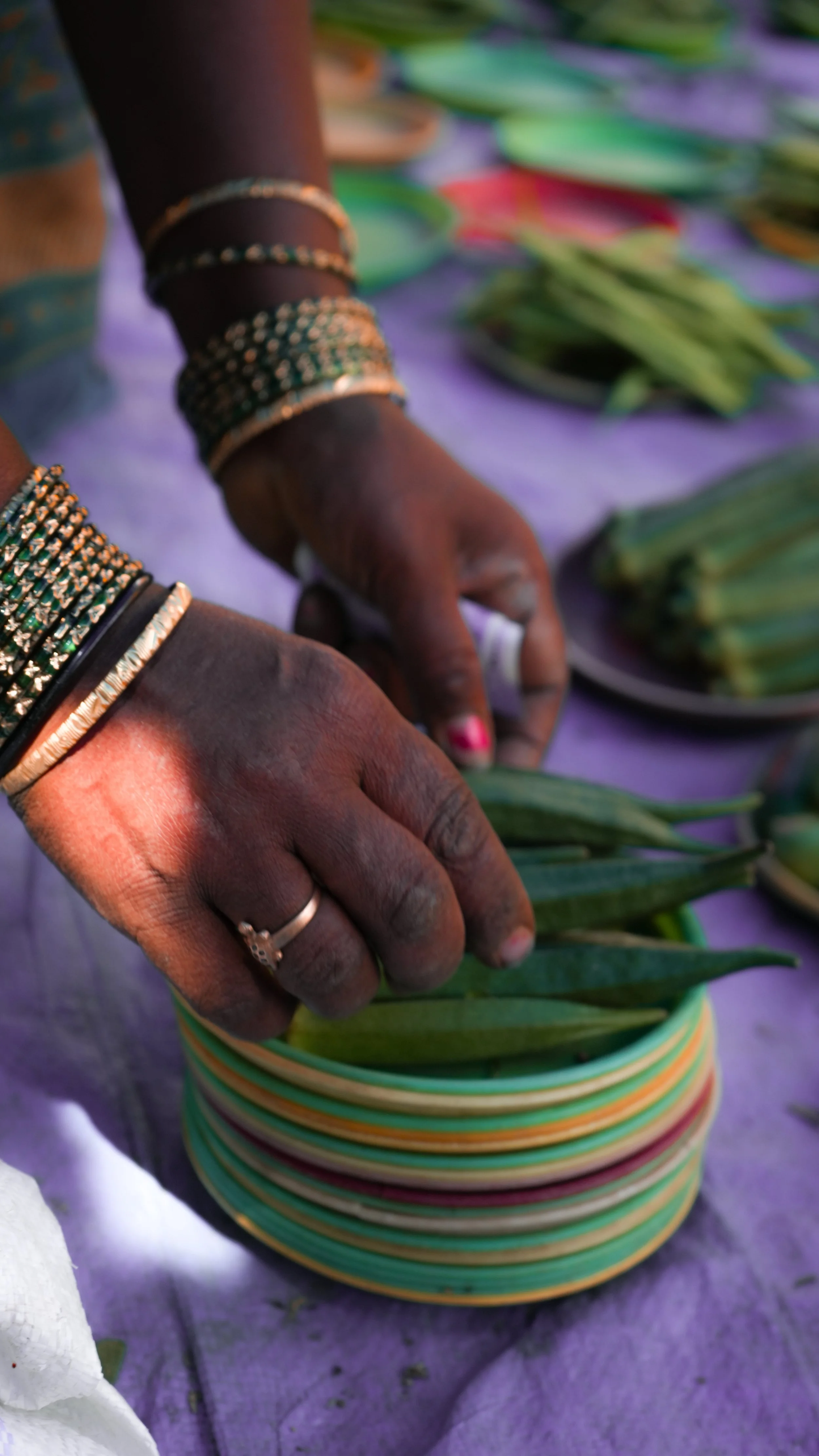RASTE: THROUGH YOUR EYES
Branching Paths
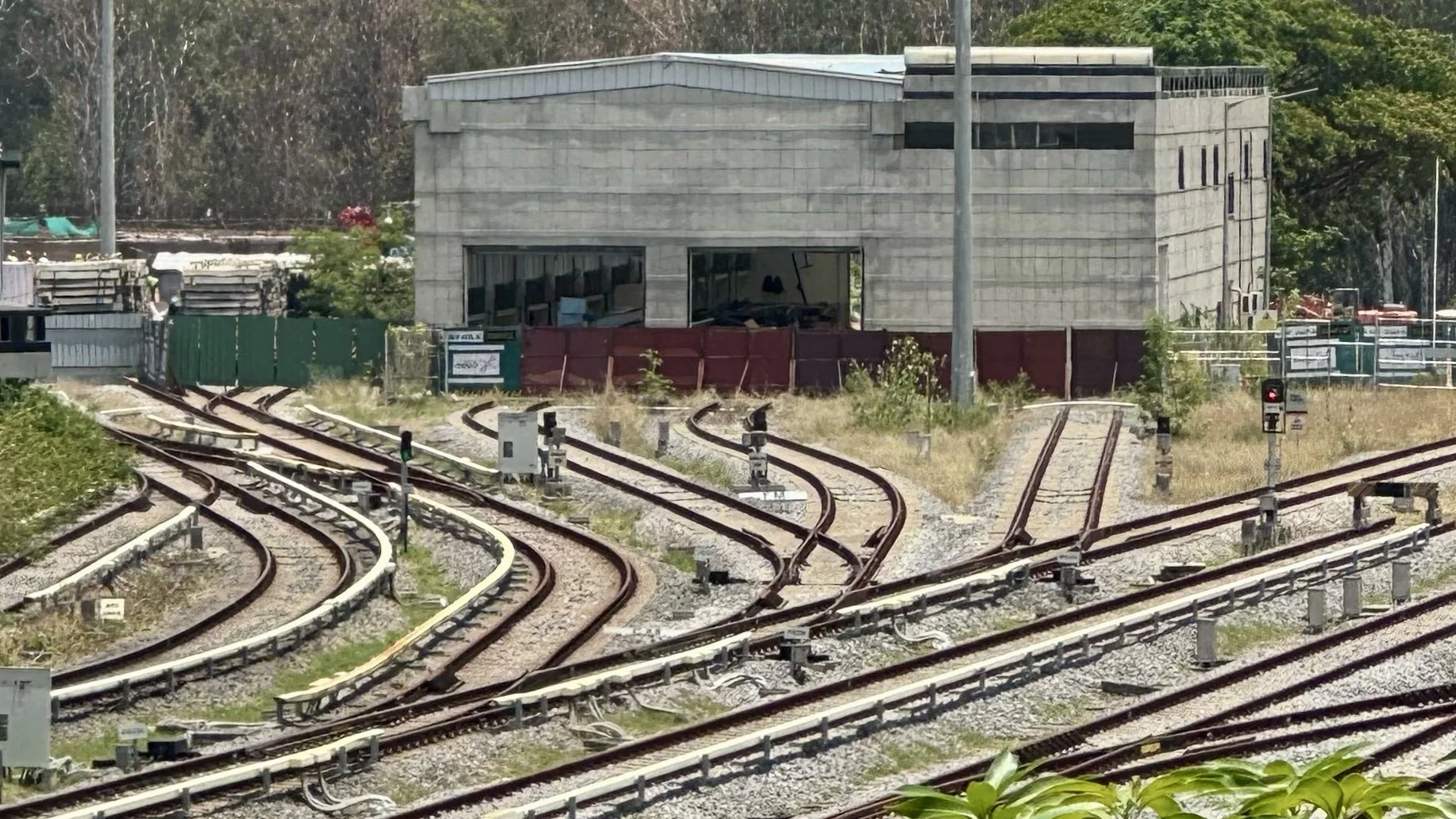
“All tracks lead to Majestic.”
Shot at the Baiyappanahalli Metro Depot, this image captures Bengaluru’s lifeline. Each track, with its twists and turns, represents a different journey, but they all converge toward Majestic, the interchange where stories from all parts of the city cross paths. In a city constantly reinventing itself, these tracks remind us that every path matters, and all are somehow connected.
About the Photographer
Amogh M Aradhya is a multidisciplinary professional with experience in software, hardware prototyping, and media art. With a background in engineering and software development, he has worked on projects involving IoT, networking, and design. He is also passionate about community building and exploring creative fields like music and light design.
The road remembers—and so do I.
Somewhere along the curve through Bandipur forest, on a long ride from Bangalore to Wayanad, I caught the forest not outside—but reflected in the window beside me. The trees, the slow light, the silence—all held in glass, like memory.
Roads do this to me. They stir up thoughts I hadn’t named. They let stories outside weave into the ones I carry within.
In motion, I find a kind of stillness. In transit, I find space to feel. And maybe that’s the secret of roads: they don’t just take us elsewhere. They take us deeper into ourselves.
About the Photographer
Fahad is a curious learner and visual storyteller exploring the intersections of art, entrepreneurship, and social change. Through Project DEFY, he designs learning spaces that encourage experimentation and self-driven growth, drawing on his background in Development and International Relations. Whether capturing everyday moments through photography or co-creating films and community spaces, he seeks to learn, reflect, and stay close to what moves him.
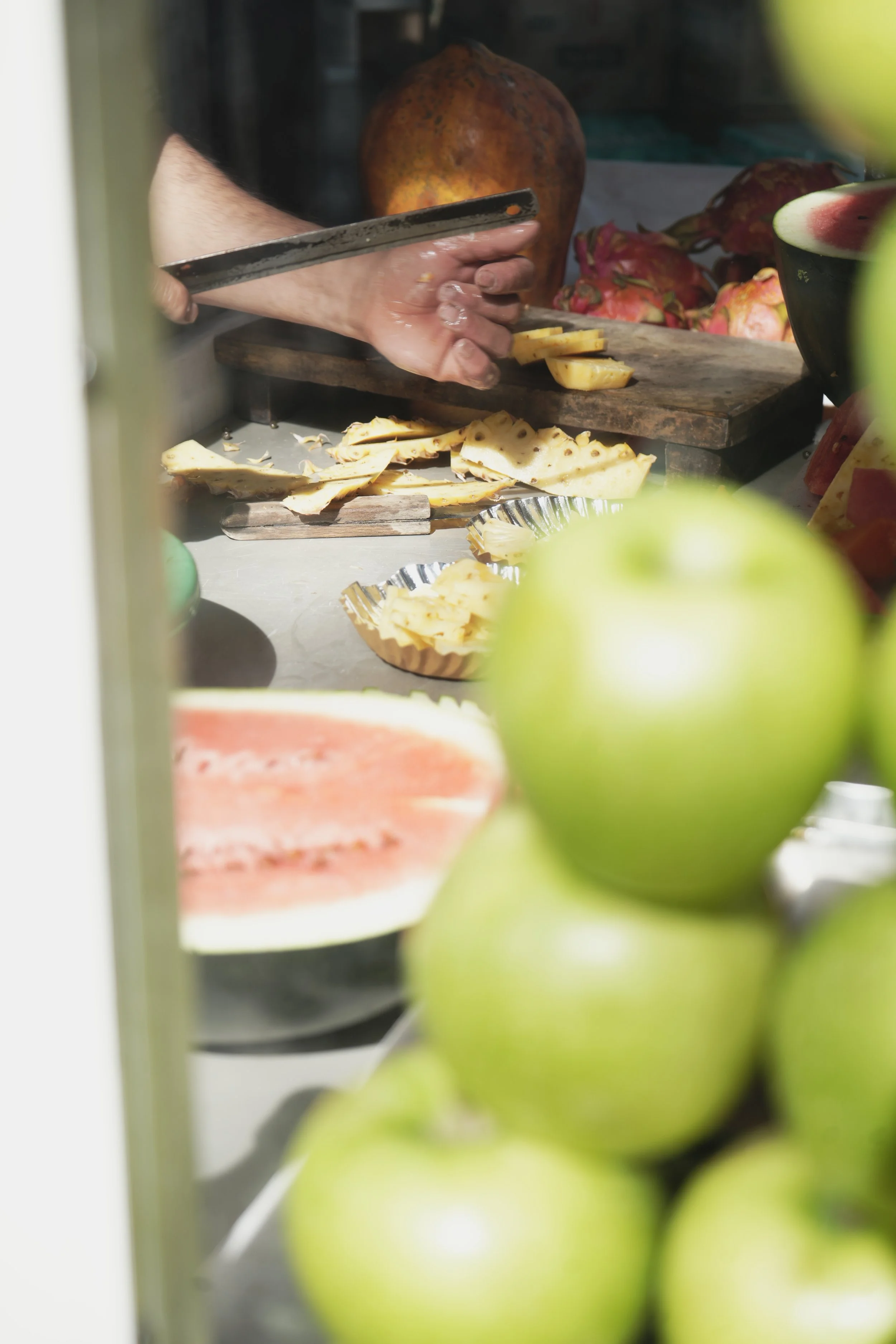


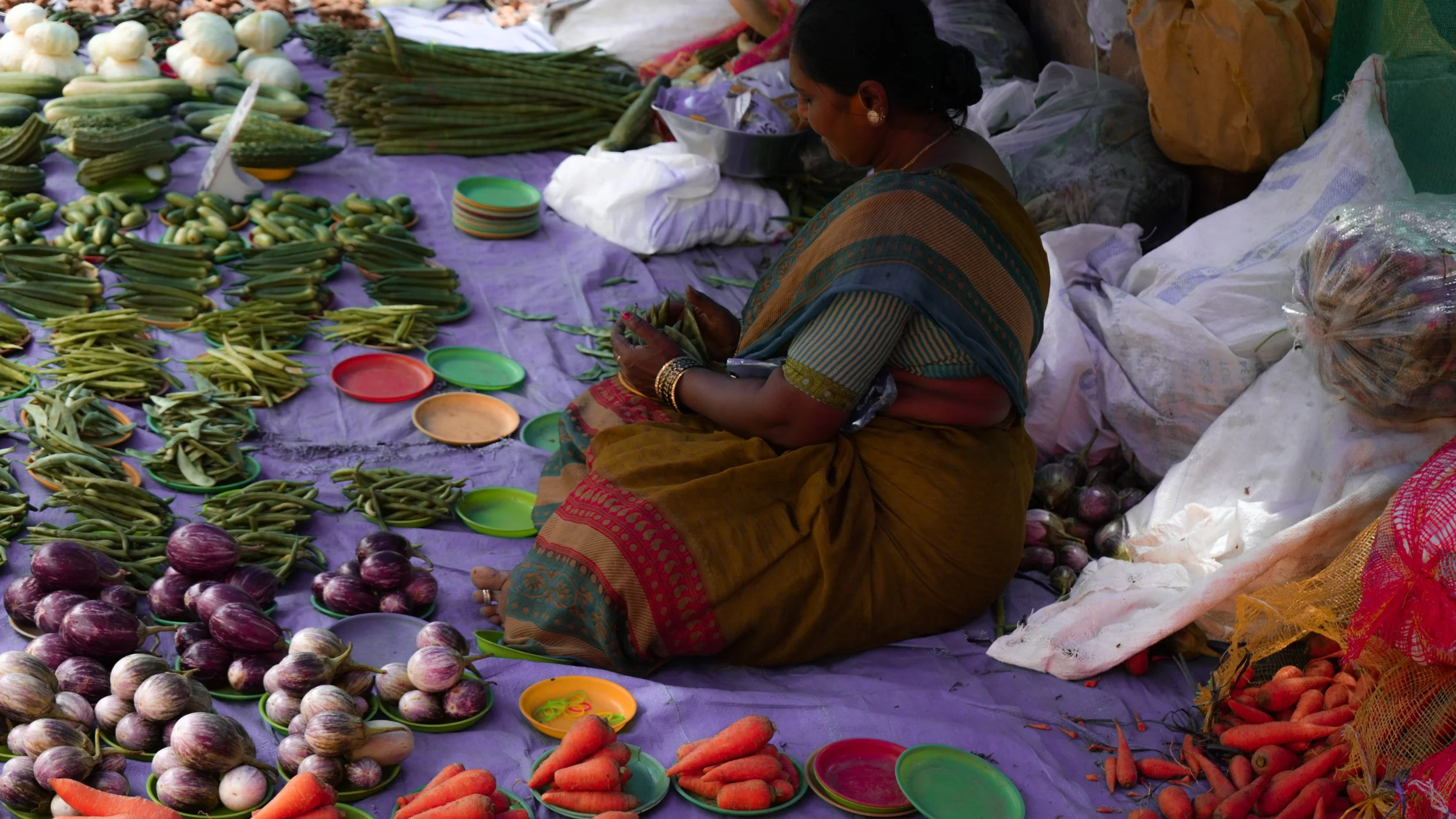


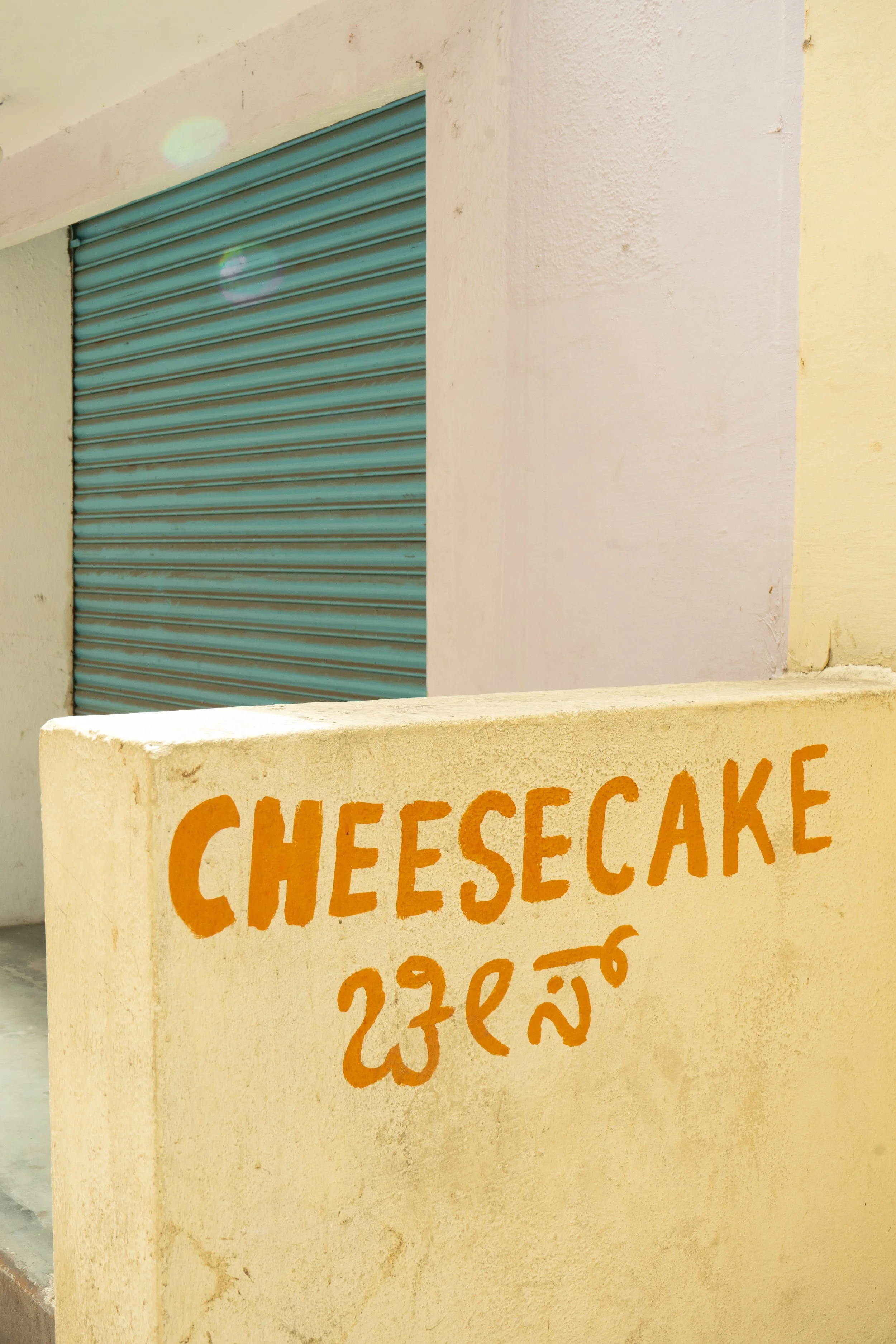

About the Photographer
Hritika Shah named her camera folder “Teabag”, a fitting metaphor for her creative journey, steeped in curiosity and a love for learning. With a deep appreciation for food and culture, she has explored roles as a chef, photographer, and food stylist. While each path offered its lessons, what truly drives her is the joy of learning and practising these skills daily. “Teabag” is where she collects and reflects on these experiences, slowly building a personal archive of growth and exploration. These pieces are a small glimpse into that evolving collection, shared in the spirit of curiosity, practice, and aspiration.
“Exploring Identity“
Captured on the roads of Cuddalore, this image shows a tribe of goats moving together as one-seemingly identical to the casual observer. But beneath the surface, each is different, lost in its own silent journey. They walk in unison, yet each carries a quiet search for identity, a subtle metaphor for the human condition.
About the Photographer
Kumara Guru
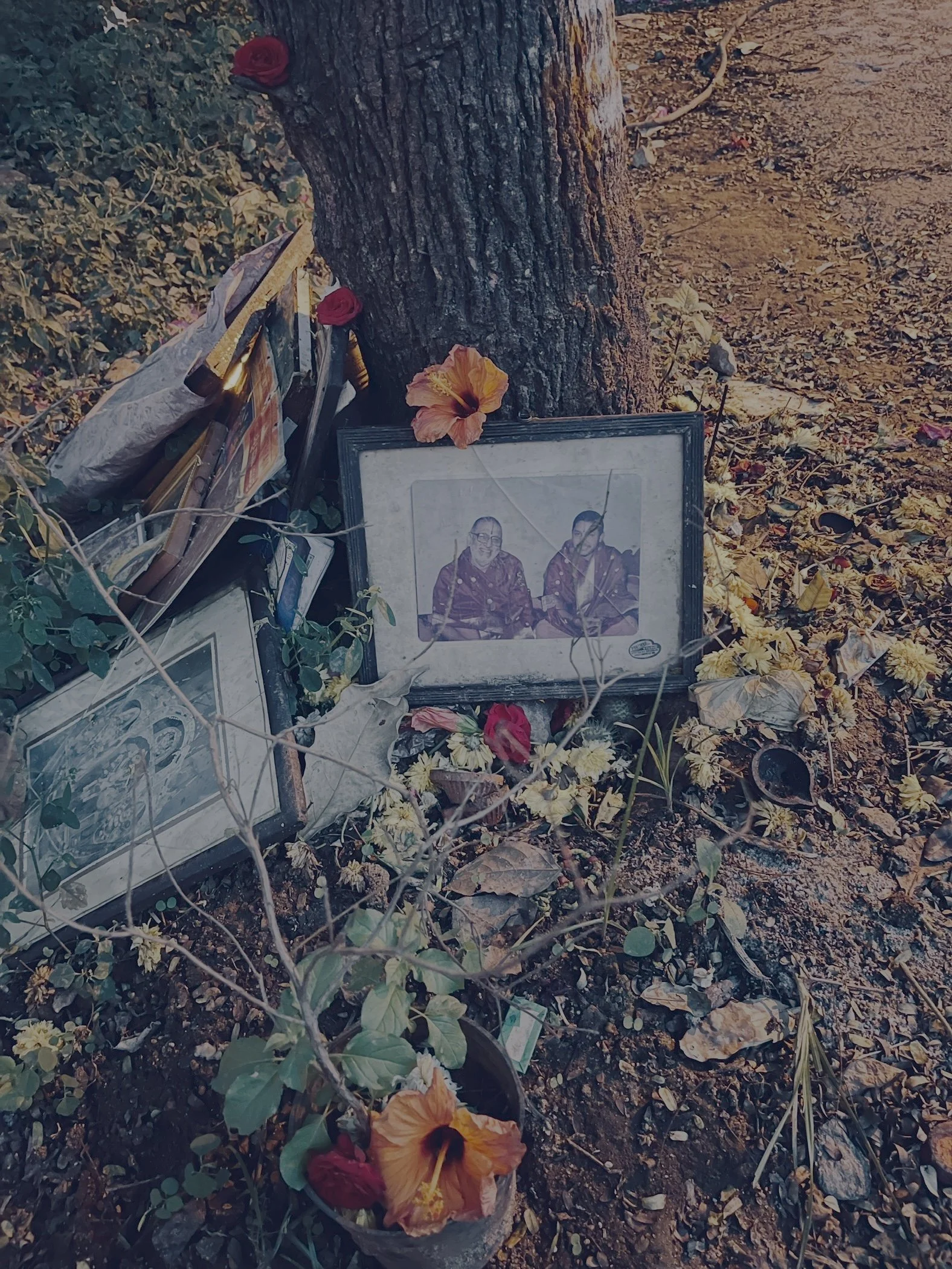

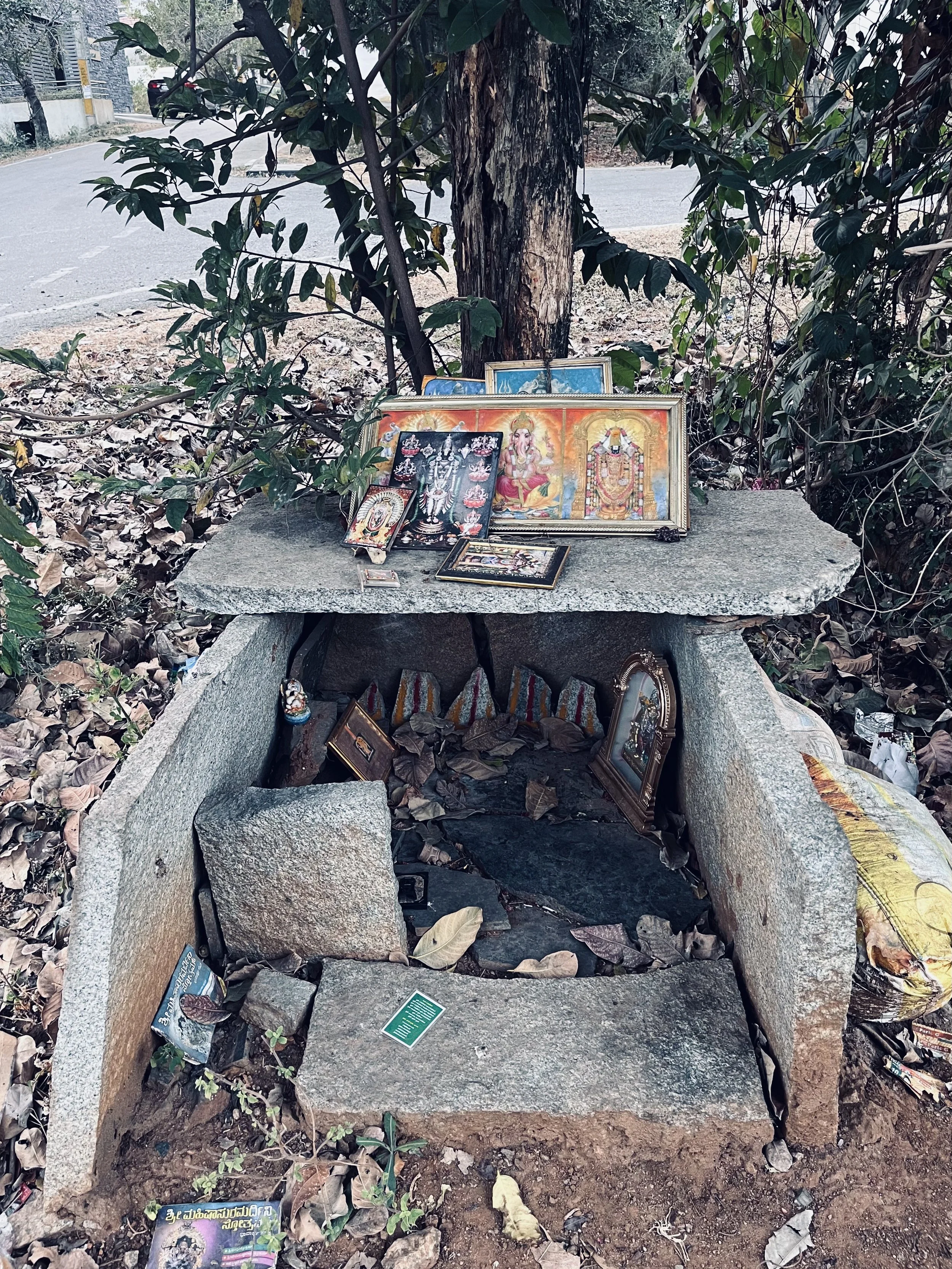
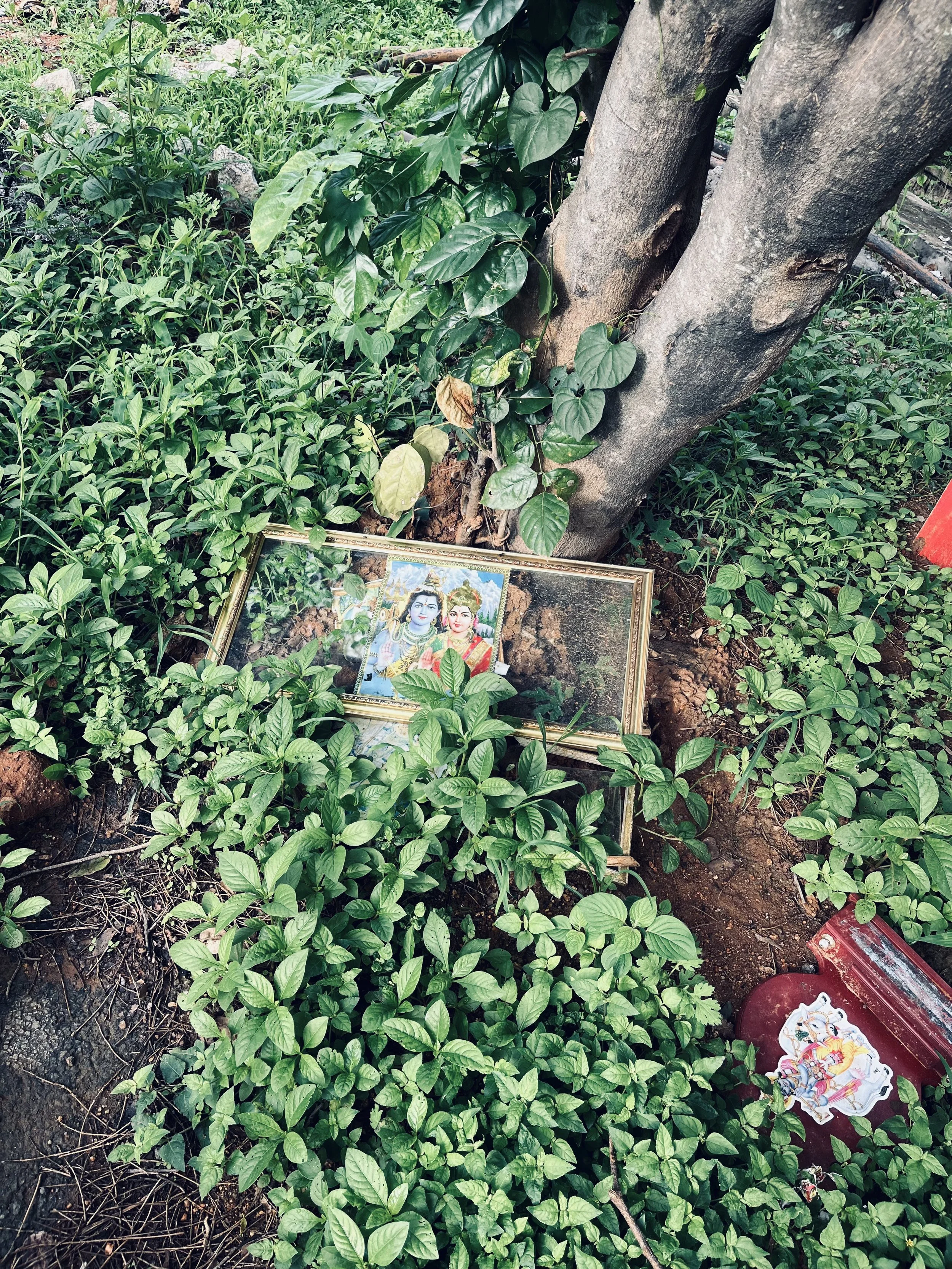

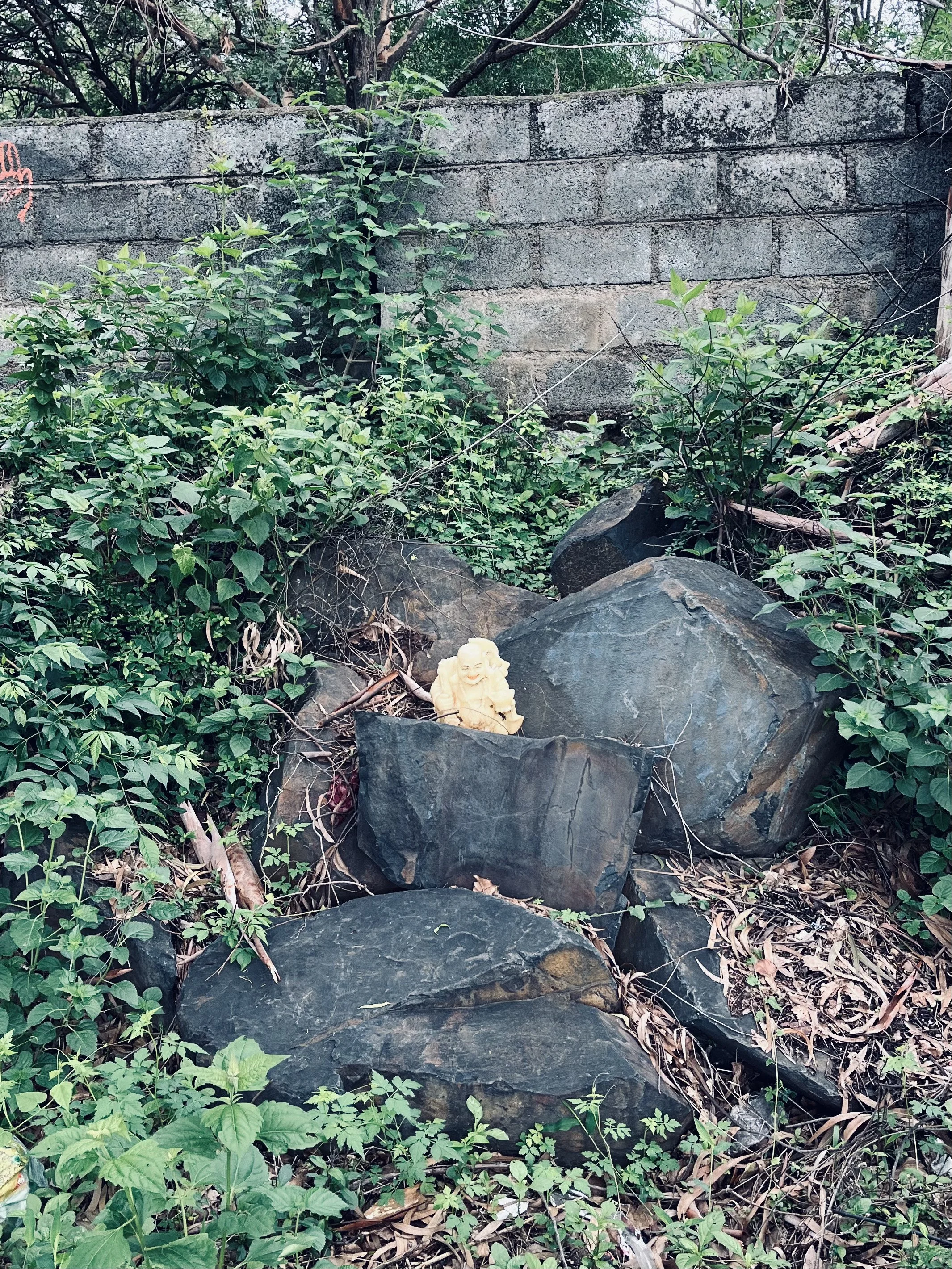
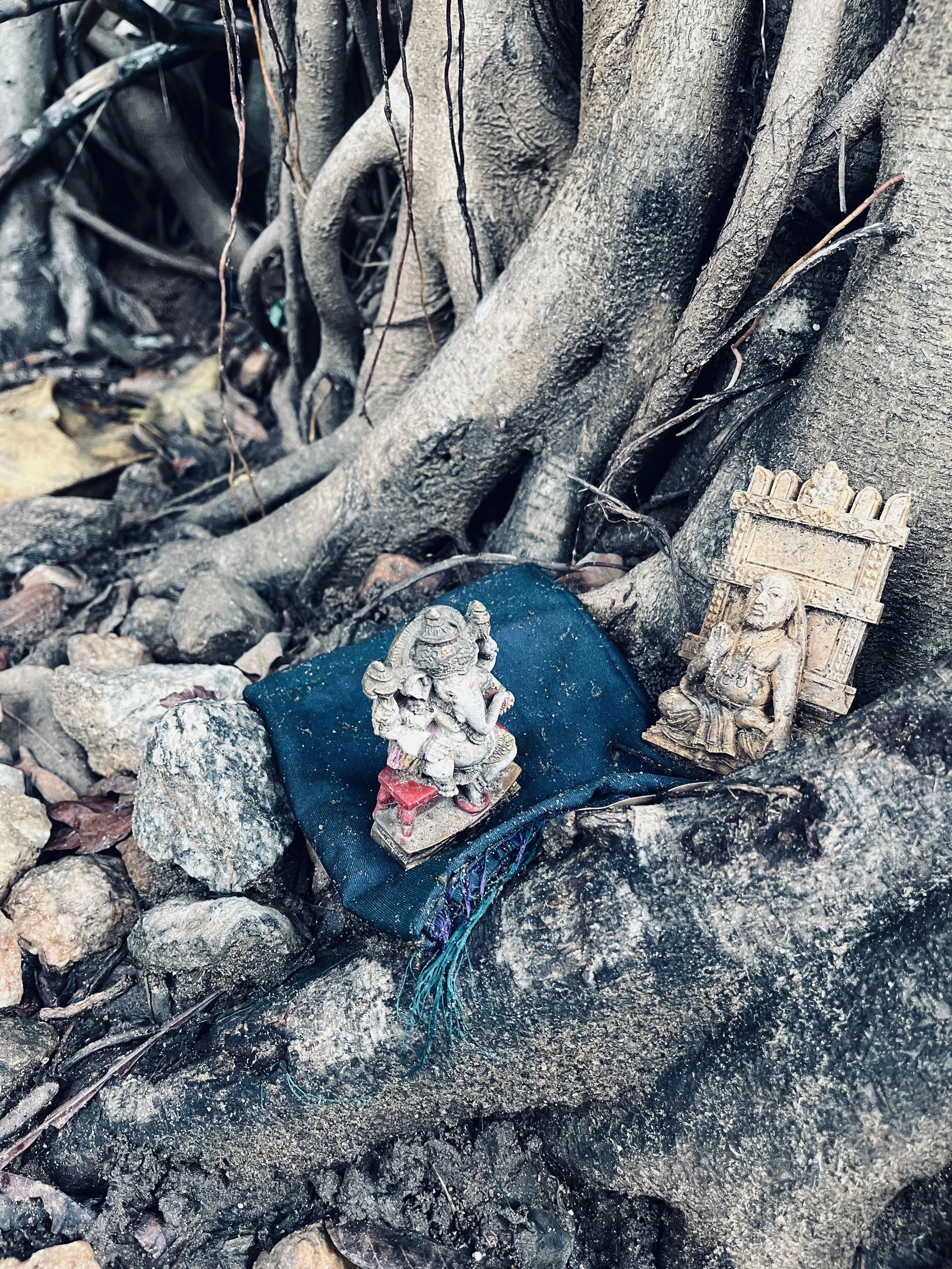

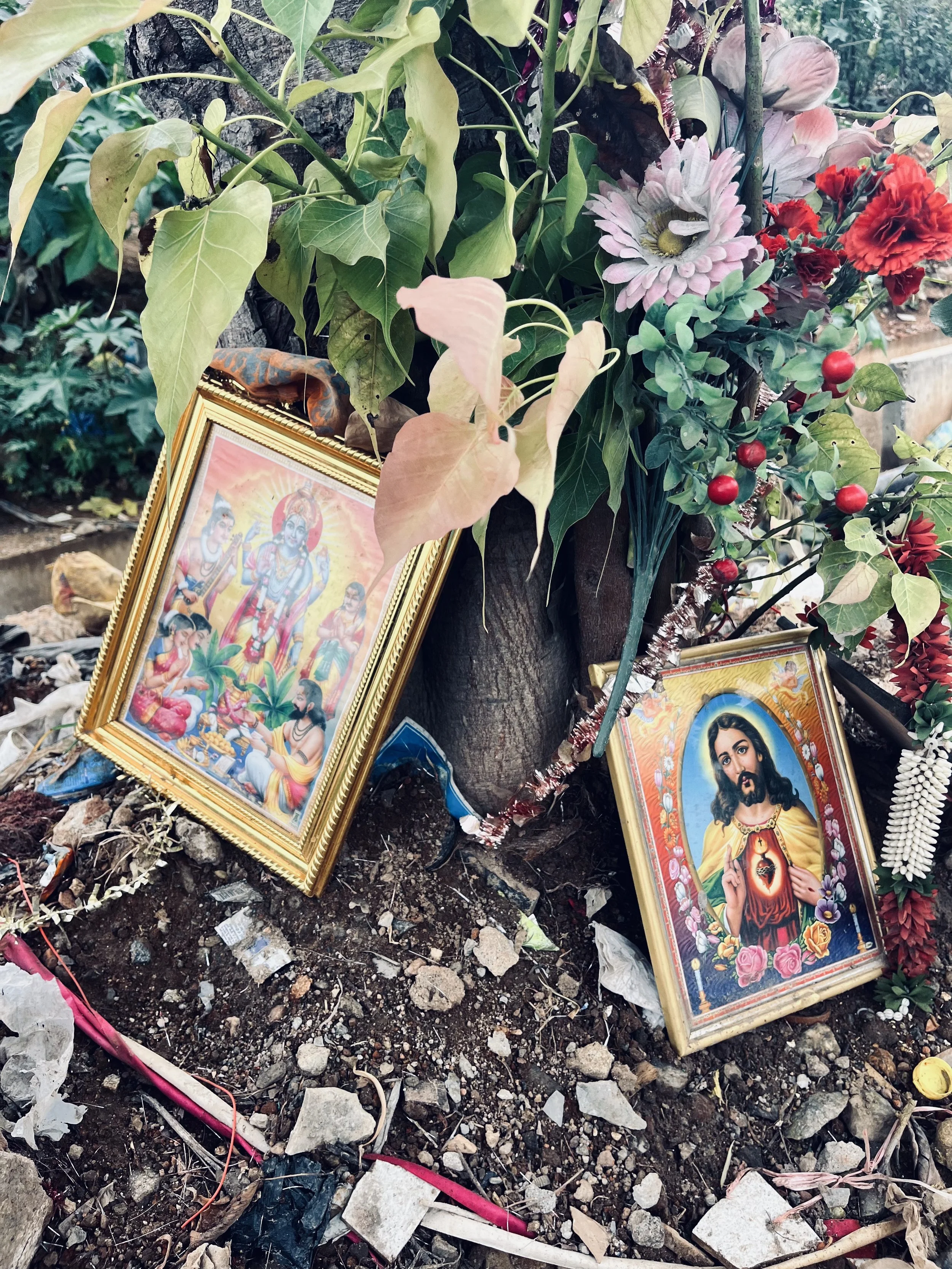
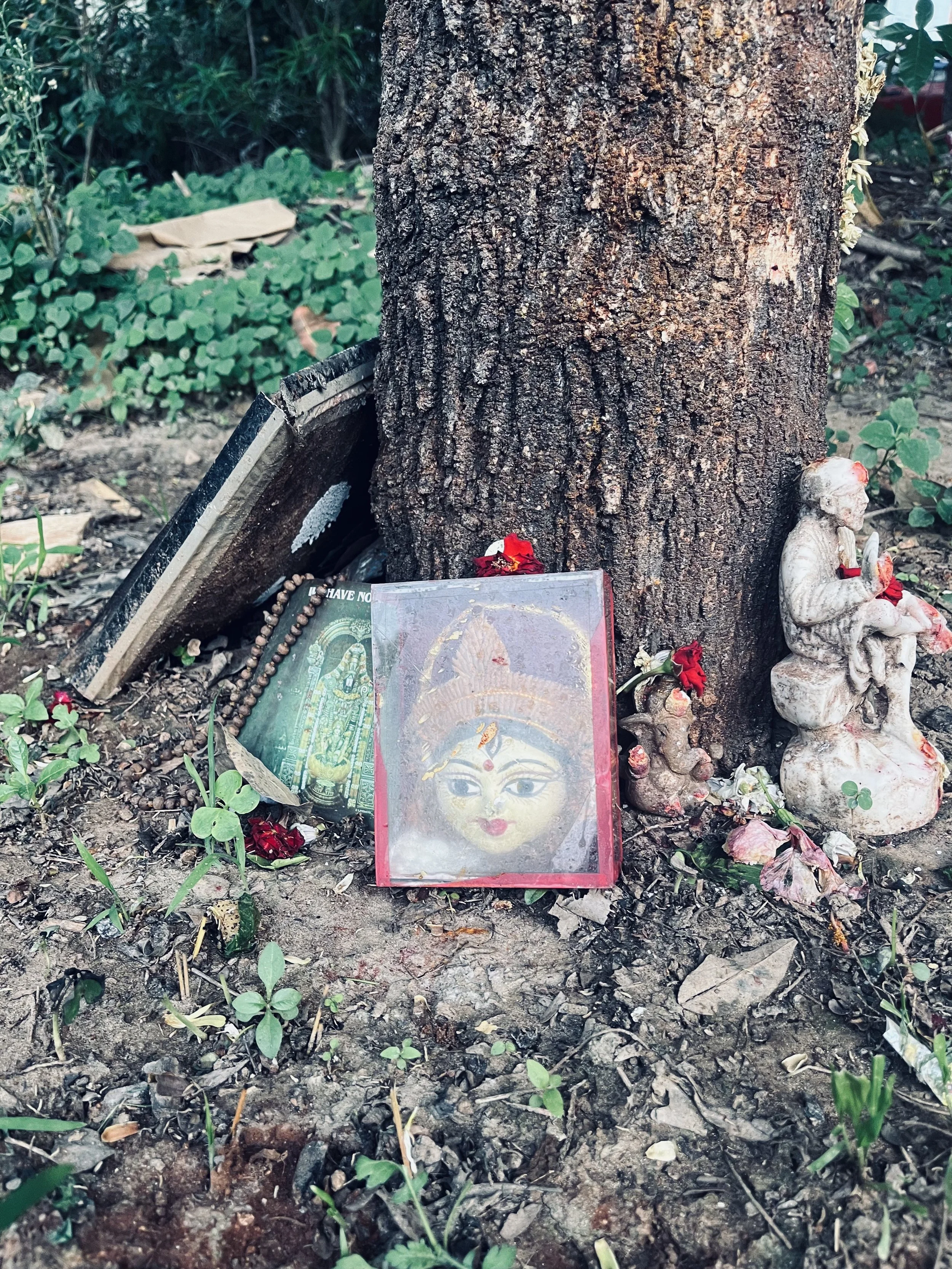
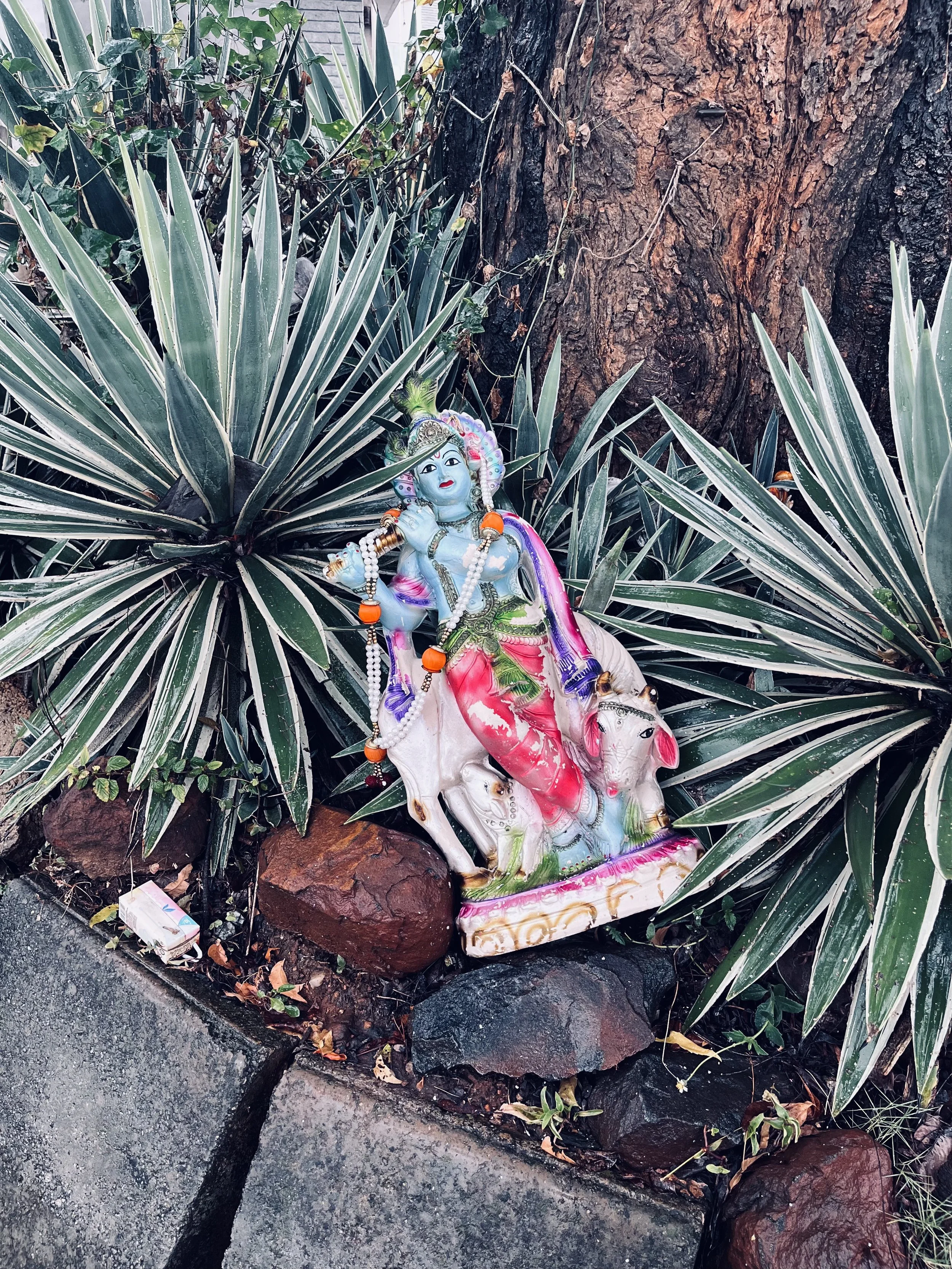

Coming to Banglore two years ago, it struck me as this very interesting and intense city. It was a little scary at first. However, seeing the city through an artist’s eye, now I love this place.
Photographs and idols of Gods, abandoned under trees or near walls caught my attention from the very beginning and I started actively looking for them, photographing whenever possible. Every time I go around the city, I get at least one new photograph to add to my ‘misplaced gods’ collection.
In Malayalam, my mother tongue, there is a saying “ തണിം തരിം ൈദവമ്” which translates to- ‘There is god everywhere, on pillars and even on random fragments of rust around us’. This became quite literal after coming to Banglore.
Walking around, we get to see images of gods under trees, hung to the branches, on the ground, propped against walls or stones or electric posts. After discussing this with some friends who have been living here for years, interesting reasons were found behind the practice. For many many people, Bangalore is a temporary home, more like a phase of their life. People come and go, move to other places, shift themselves to better positions in life and the images and idols of gods that kept them company at their homes are left behind as they leave. Moving people do not always keep their own worn out images of gods with them, as they can easily find new prints or models in very affordable rates. There is also a belief that damaged or broken idols when kept in homes can be inauspicious. Some are forgotten, some abandoned, but most of them are “respectfully discarded”. The sacred imagery cannot be discarded with waste.
These misplaced divinities apart from being an intriguing element of the city‘s character, exist around us as remains of life. They also raise questions and discussions about the human nature, the relationship between an individual and religion, the elements of fear and remorse, of nostalgia and emotional attachment, the relationship of the society to religion, the idea of God, of what is sacred and for how long.
There is also another aspect to this whole thing, having noticed that these places and the pictures there keep changing, sometimes images in relatively good conditions disappear. Probably, someone must have taken it to their home? I guess people who cannot afford a new one might be taking them. Ideally, the God is everyone’s isn’t?
Then I have seen tender moments of devotion and belief when some people stop walking or slow down their pace and say some prayers or take blessings from these images. Some even offer fresh flowers at those abandoned god’s altar.
About the Photographer
Neharin is a second-year undergraduate painting student at the College of Fine Arts, Karnataka Chitrakala Parishad. Originally from Kerala, she holds a Bachelor's degree in Botany and later pursued a Bachelor of Visual Arts to explore her passion for painting. She primarily works with oil paints, using her practice to develop a distinct artistic language and identity. Deeply inspired by nature, her compositions often center around landscapes and trees, which she finds meditative. Beyond painting, she explores photography and creative writing. For the past two years, she has been quietly documenting traces of life and misplaced objects through amateur photography.
This picture perfectly illustrates the “Raste” of Bengaluru—an active commercial street, people navigating trade, logistics, and daily life from above. It shows movement, function and spatial organisation.
About the Photographer
Satya Sampath is a Master’s student in Retail Experience Design at NID Bangalore with a background in architecture. His work explores everyday urban life through space and photography, focusing on themes like identity, resilience, and informal culture. He aims to tell honest, grounded stories rooted in observation and lived experience.
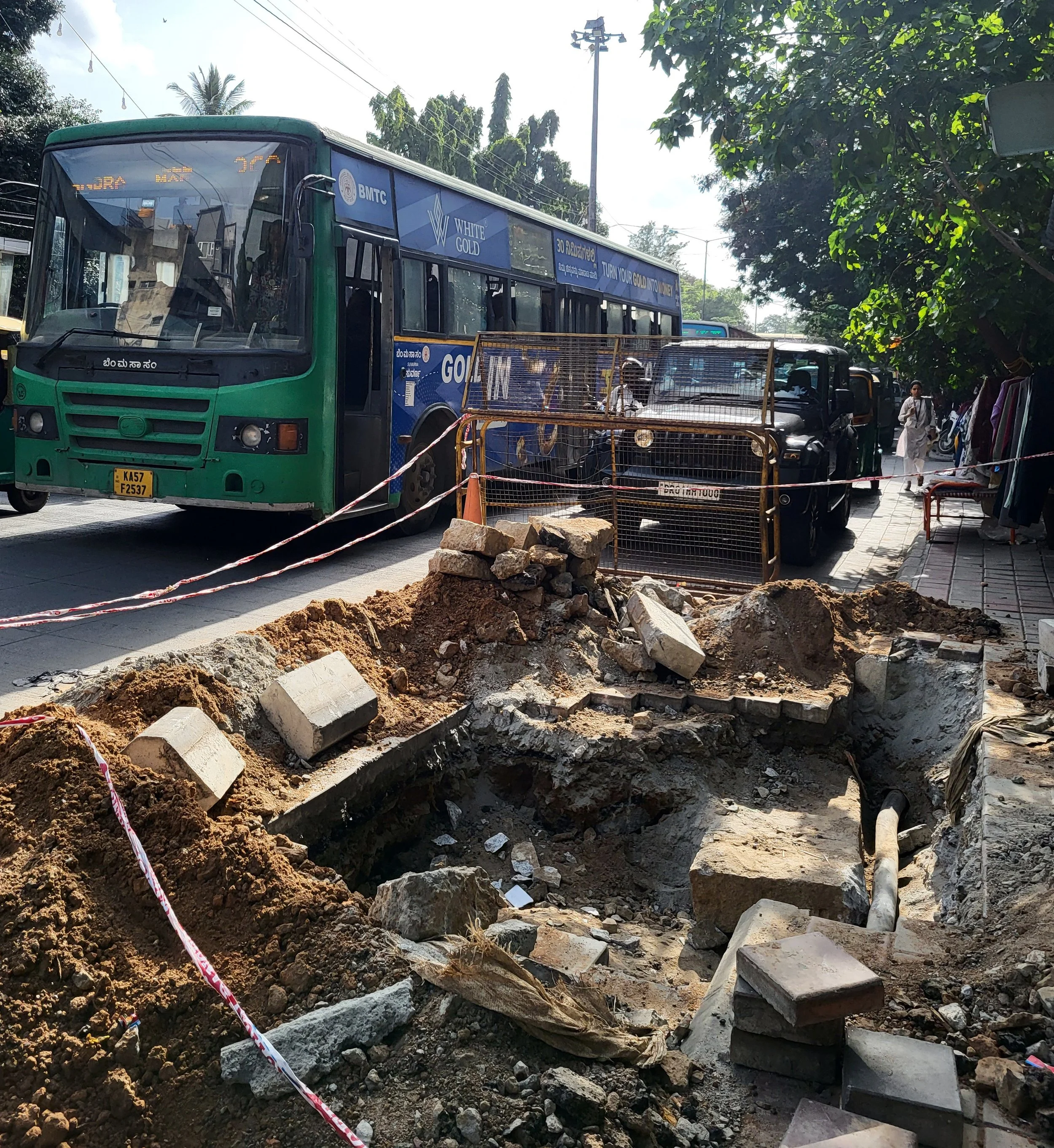
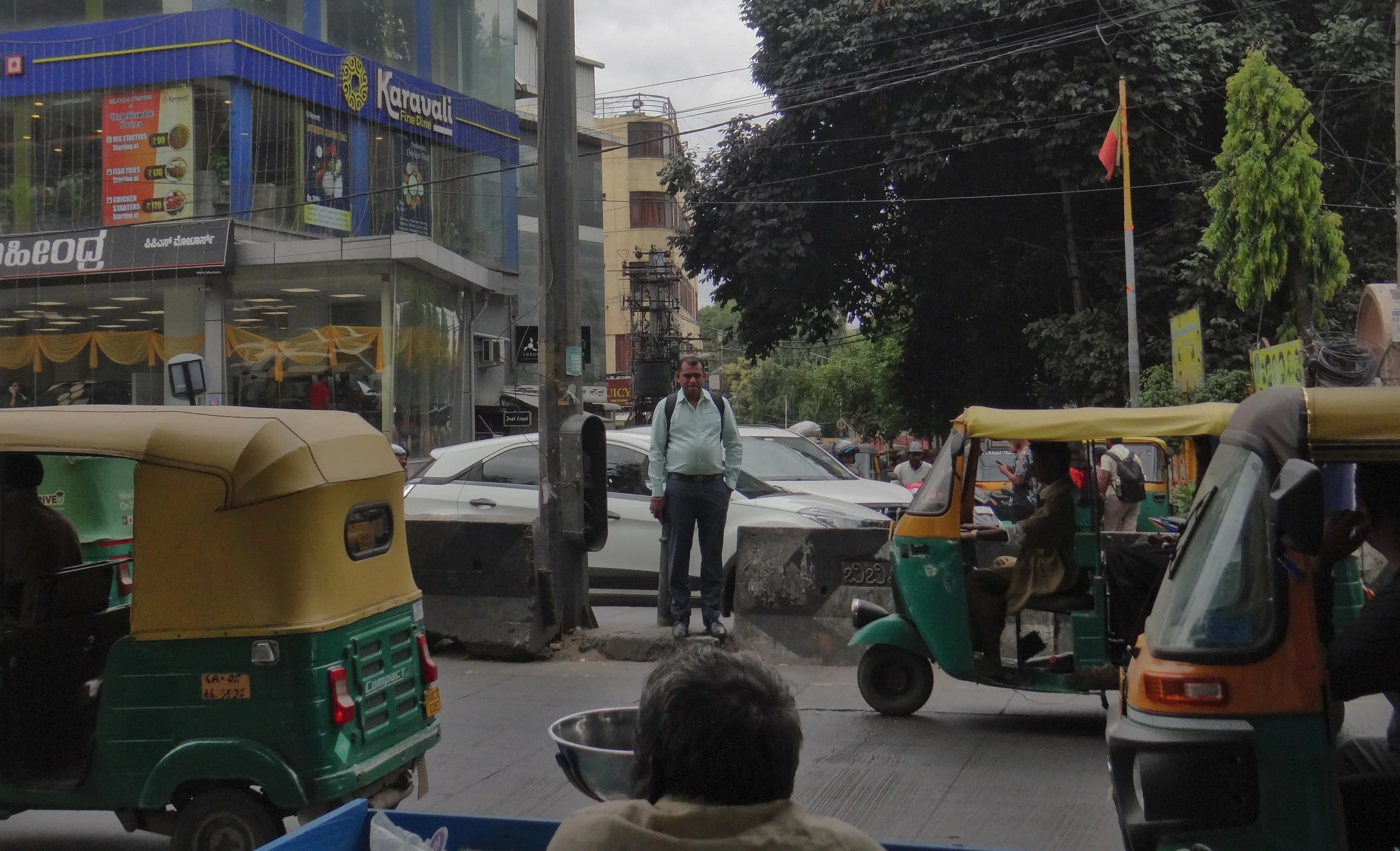

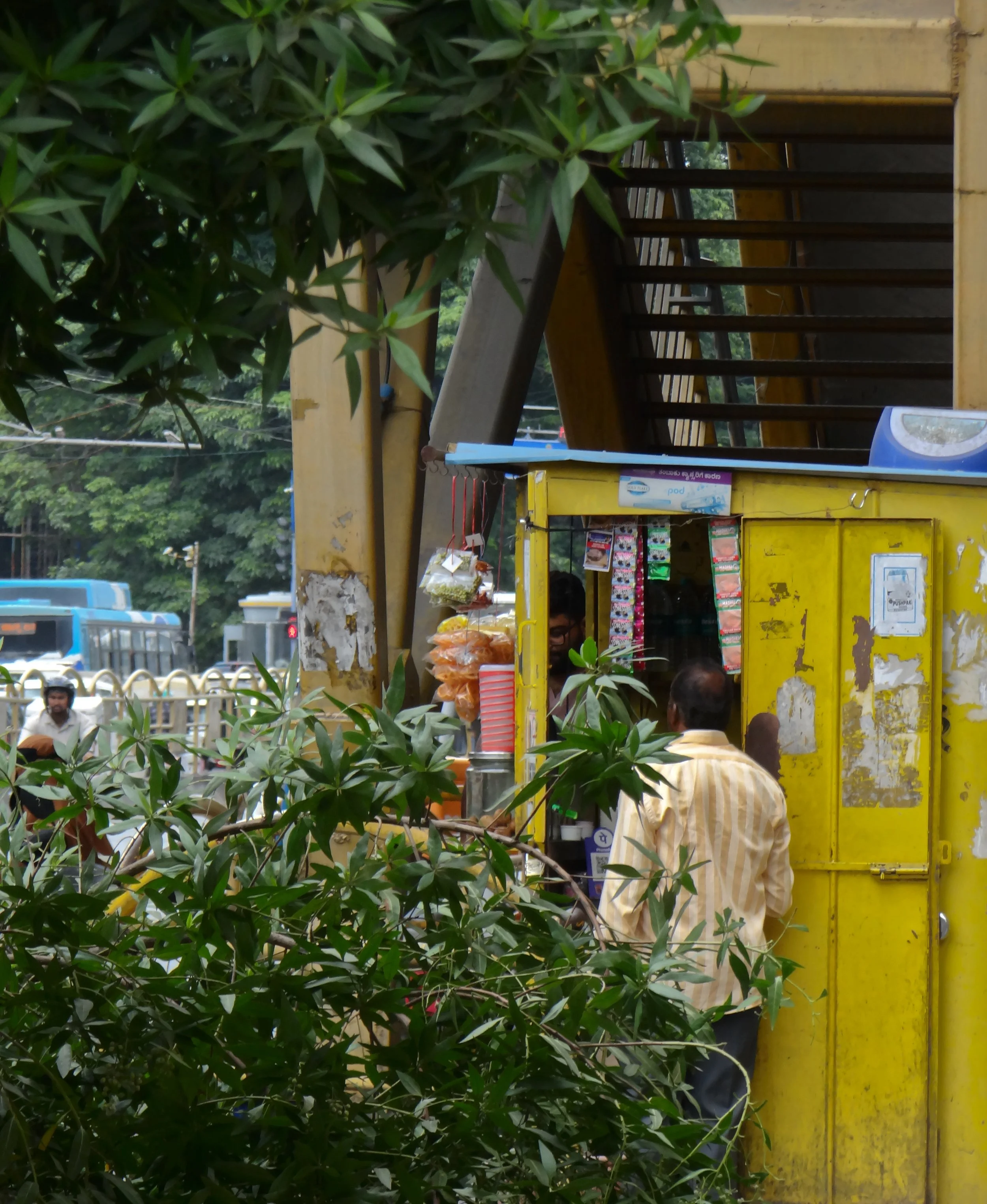
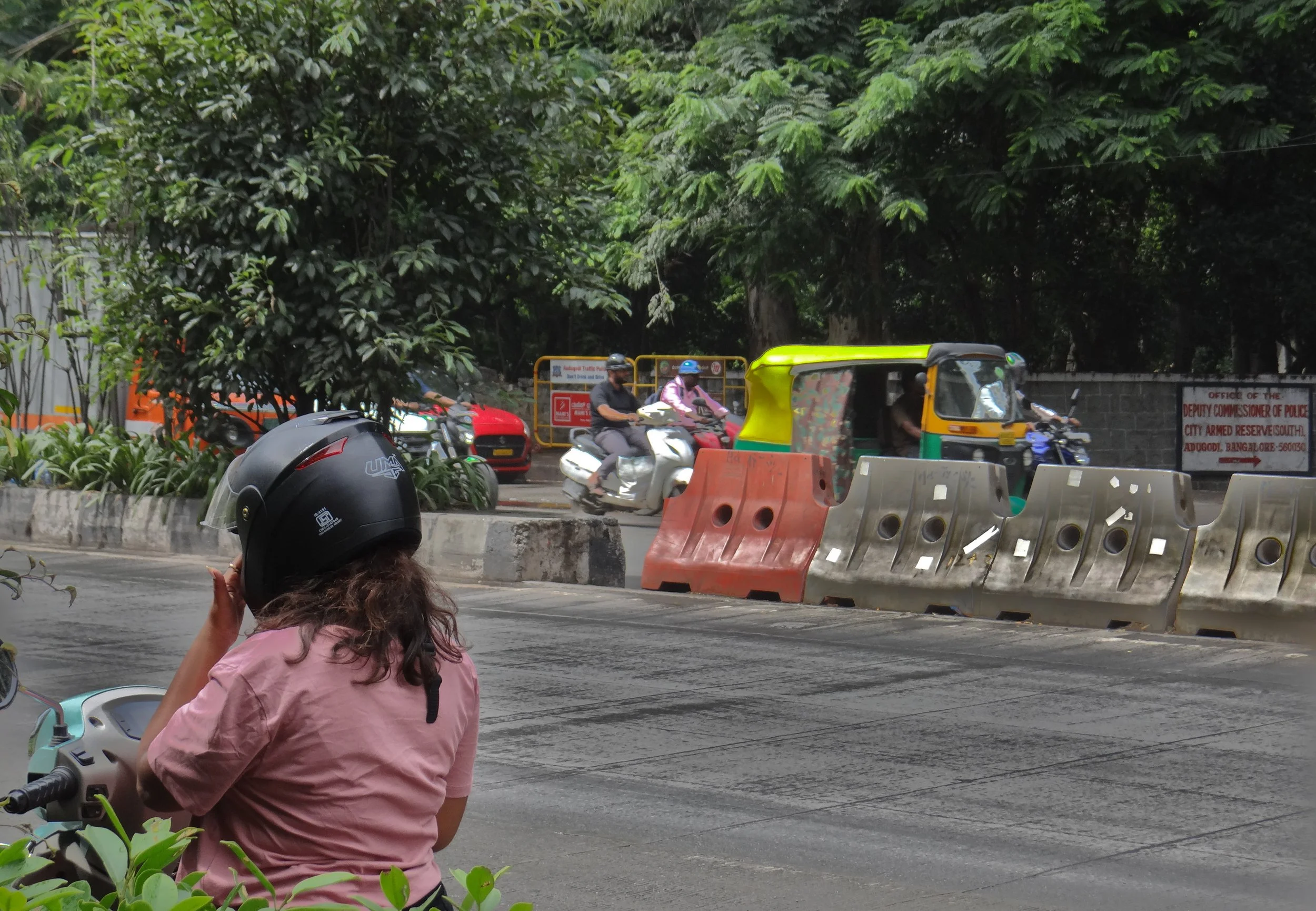

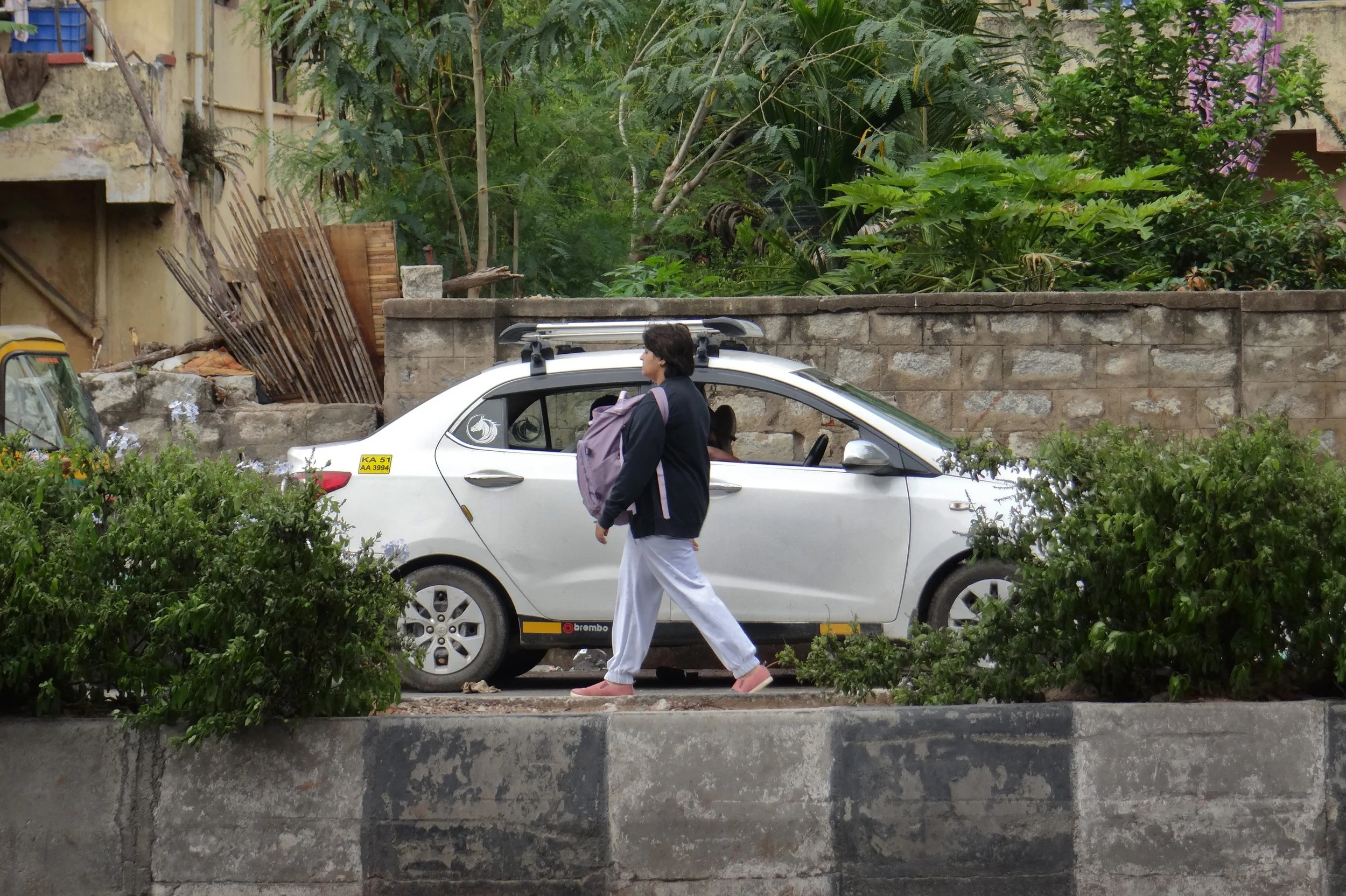
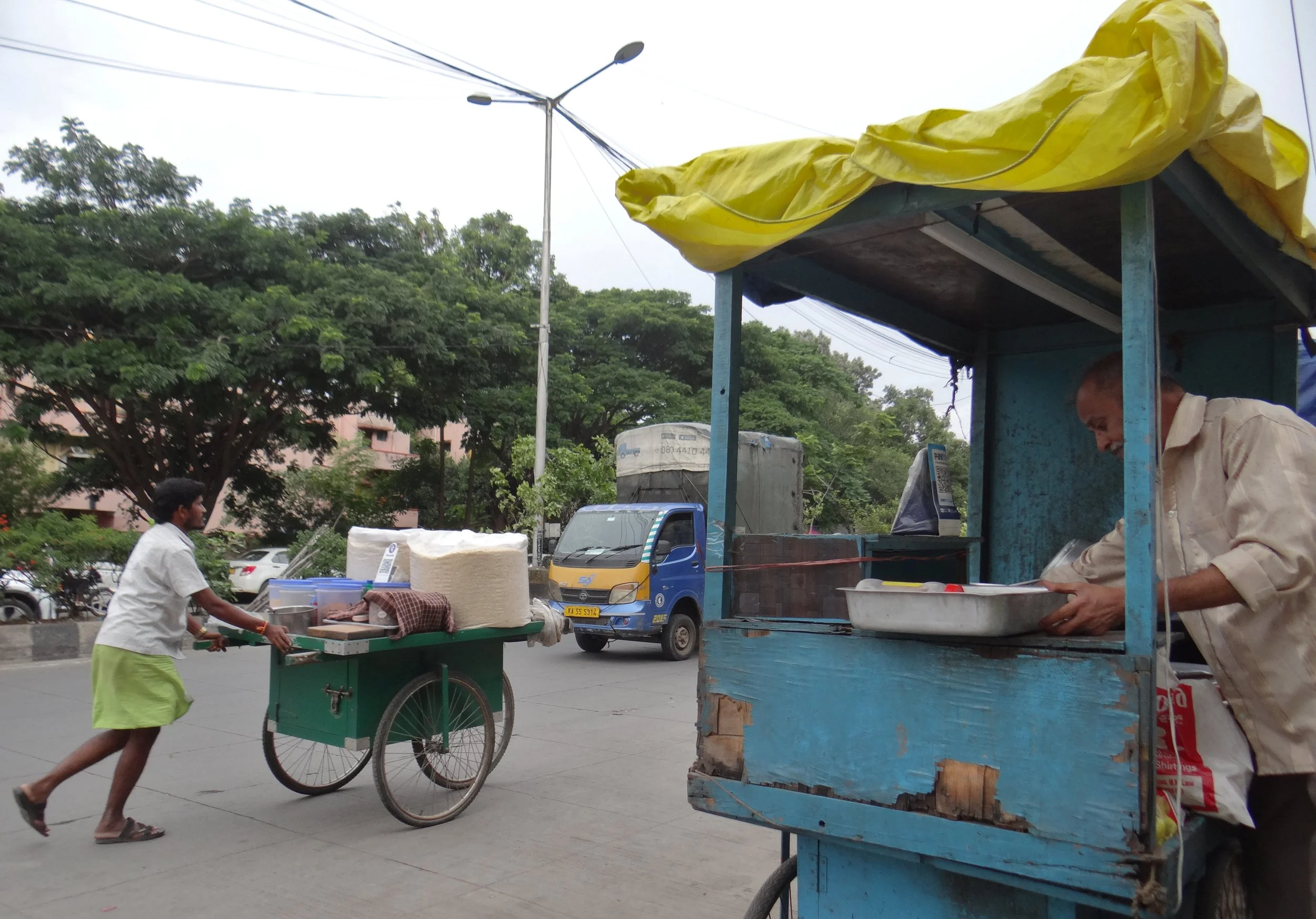

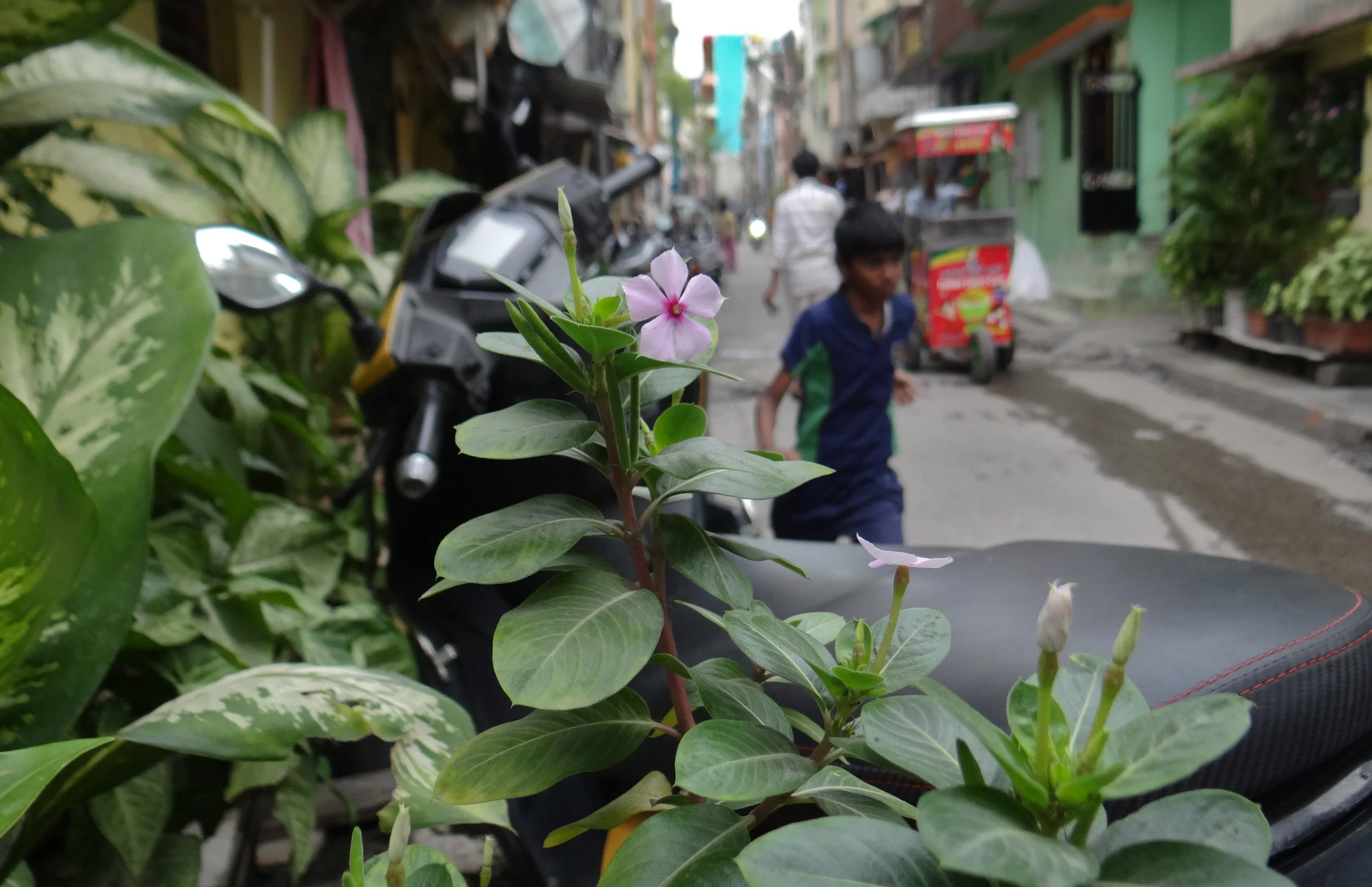
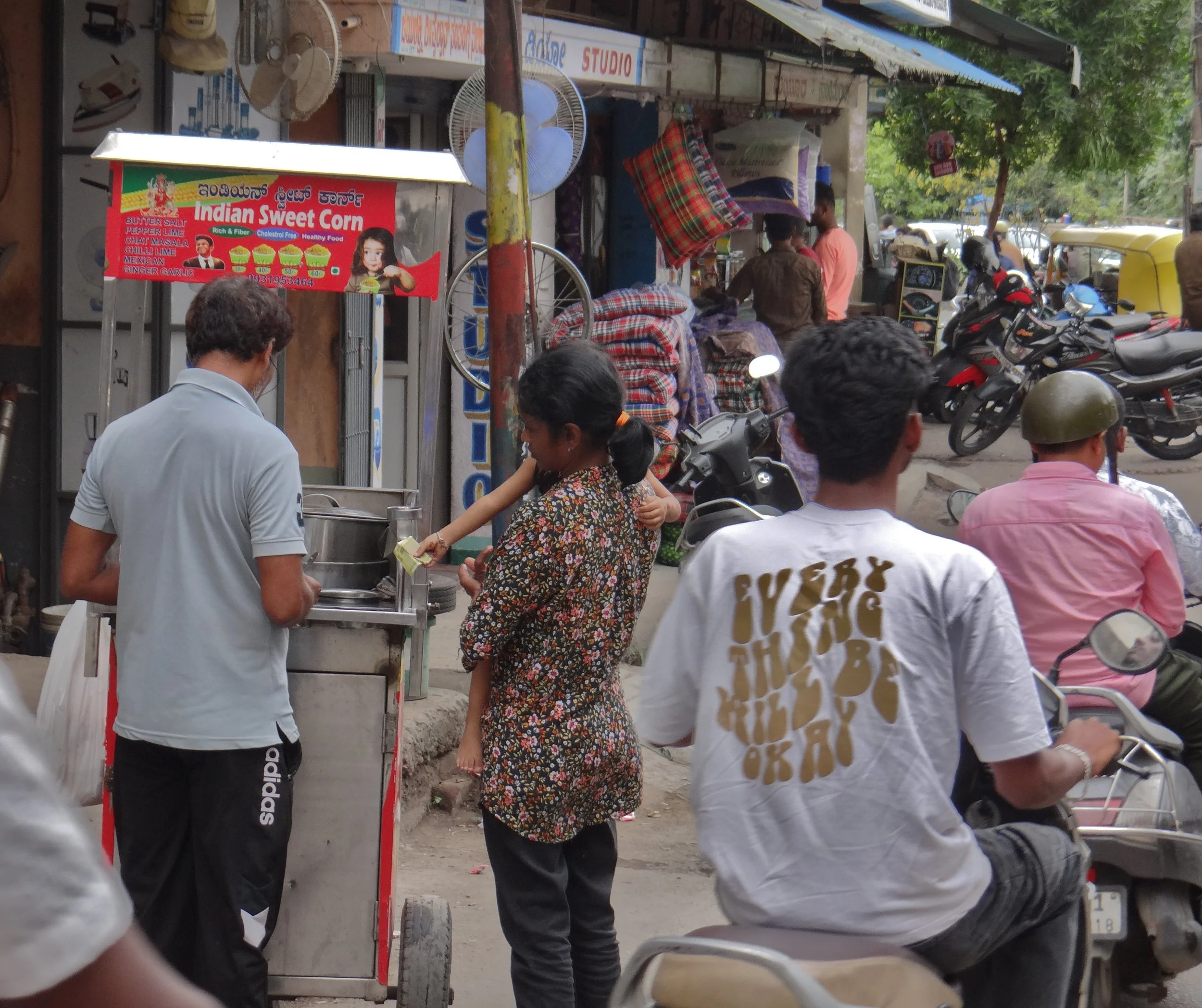

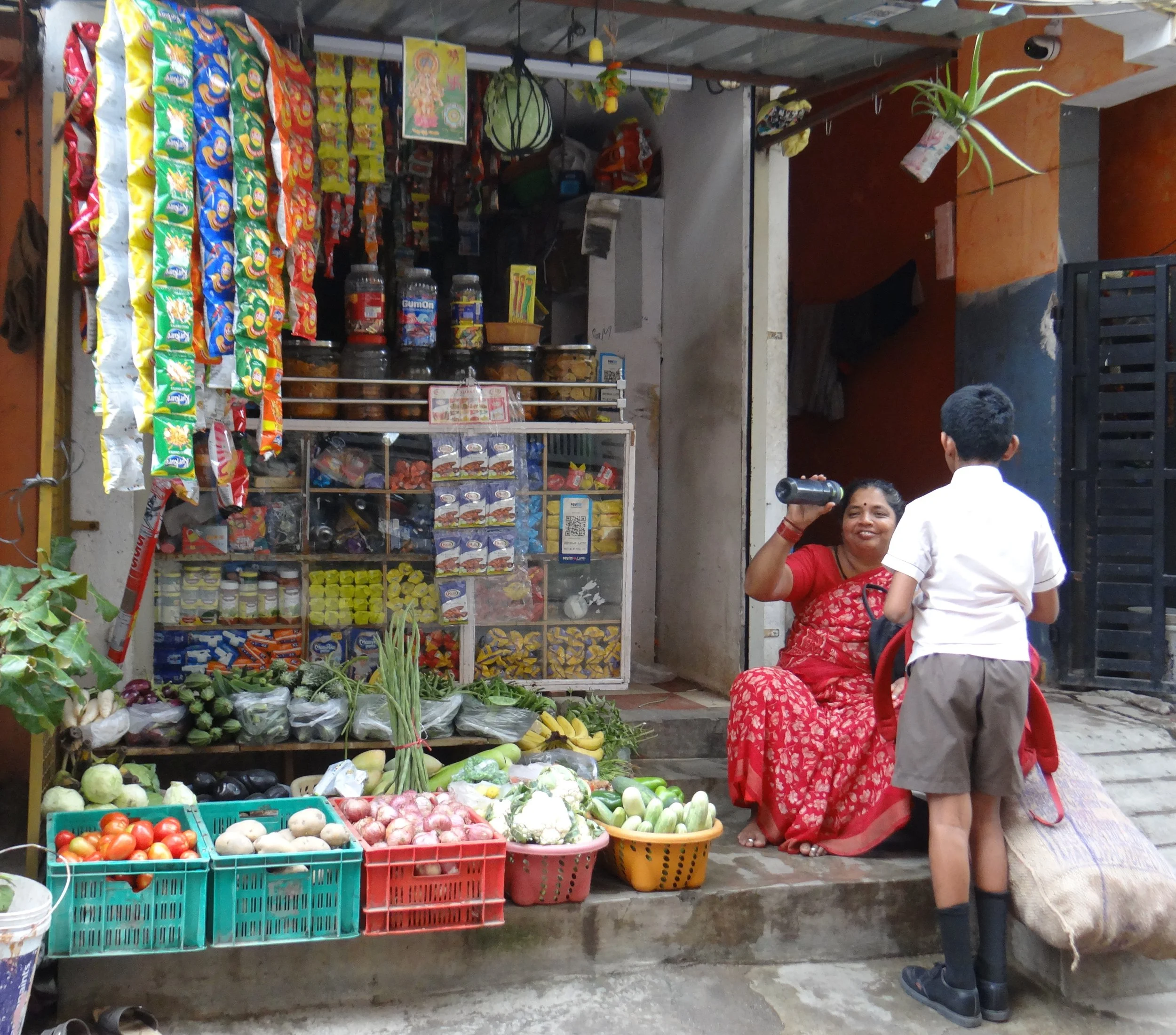
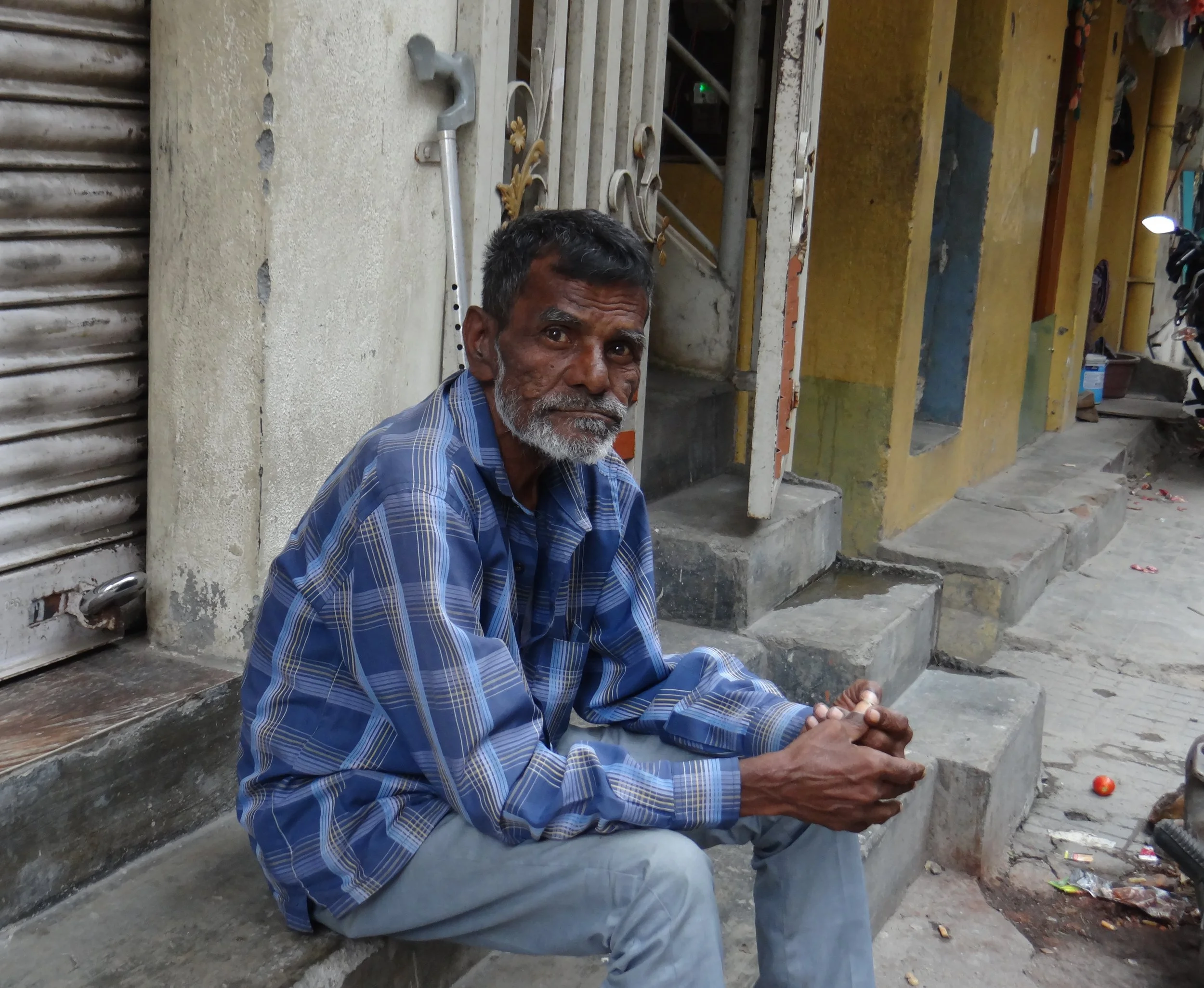

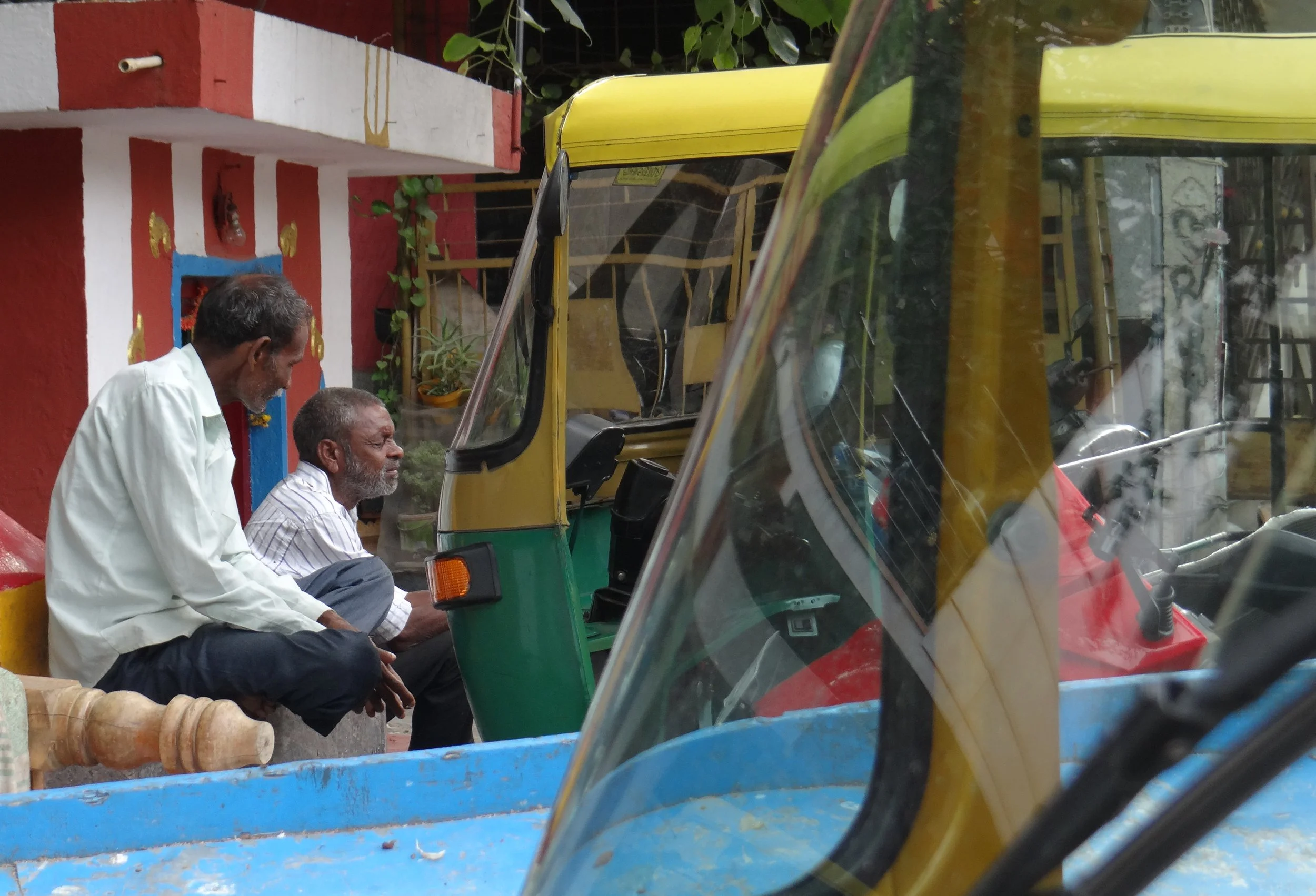
About the Photographer
Aditi Nair is a Graphic Designer and Illustrator who fell into photography the same way she starts every passion: by accident. Accidental clicks and experiments generating enough passion to build projects and work into mania is the story of her life. She finds stories in everything she sees, and loves shaping them through whichever medium she sees fit: be it photographs, illustrations, designs or words. Kerala-born and Sharjah-raised, Aditi enjoys bridging the cultures of the homes that have shaped her, and is a knowledge-hungry menace in every trip to a museum, gallery or studio. When seeking a break from the world, one can find her hunting for a warm cup of hot chocolate or mourning the commonality of her name from the cosy confines of her bed.
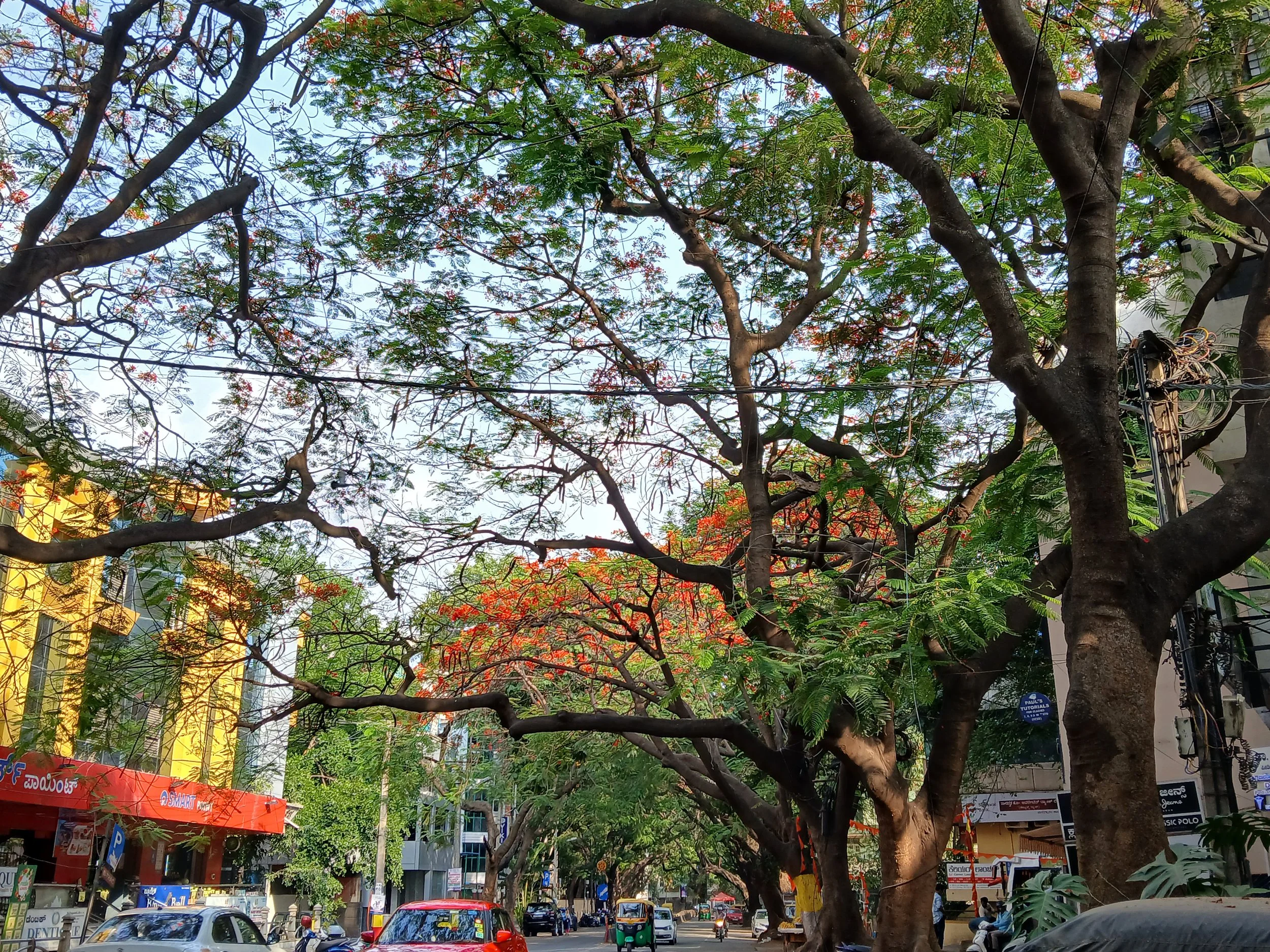
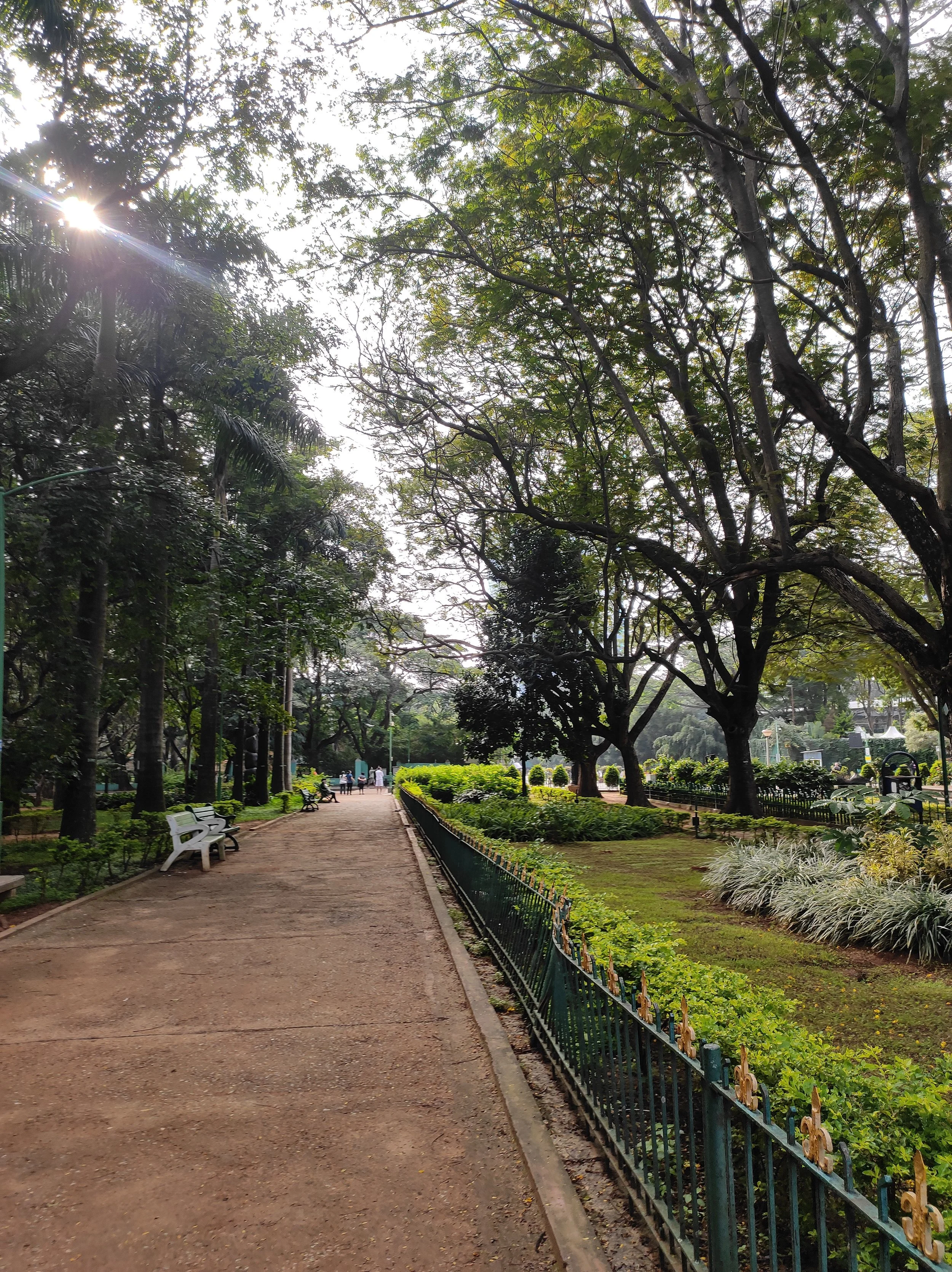
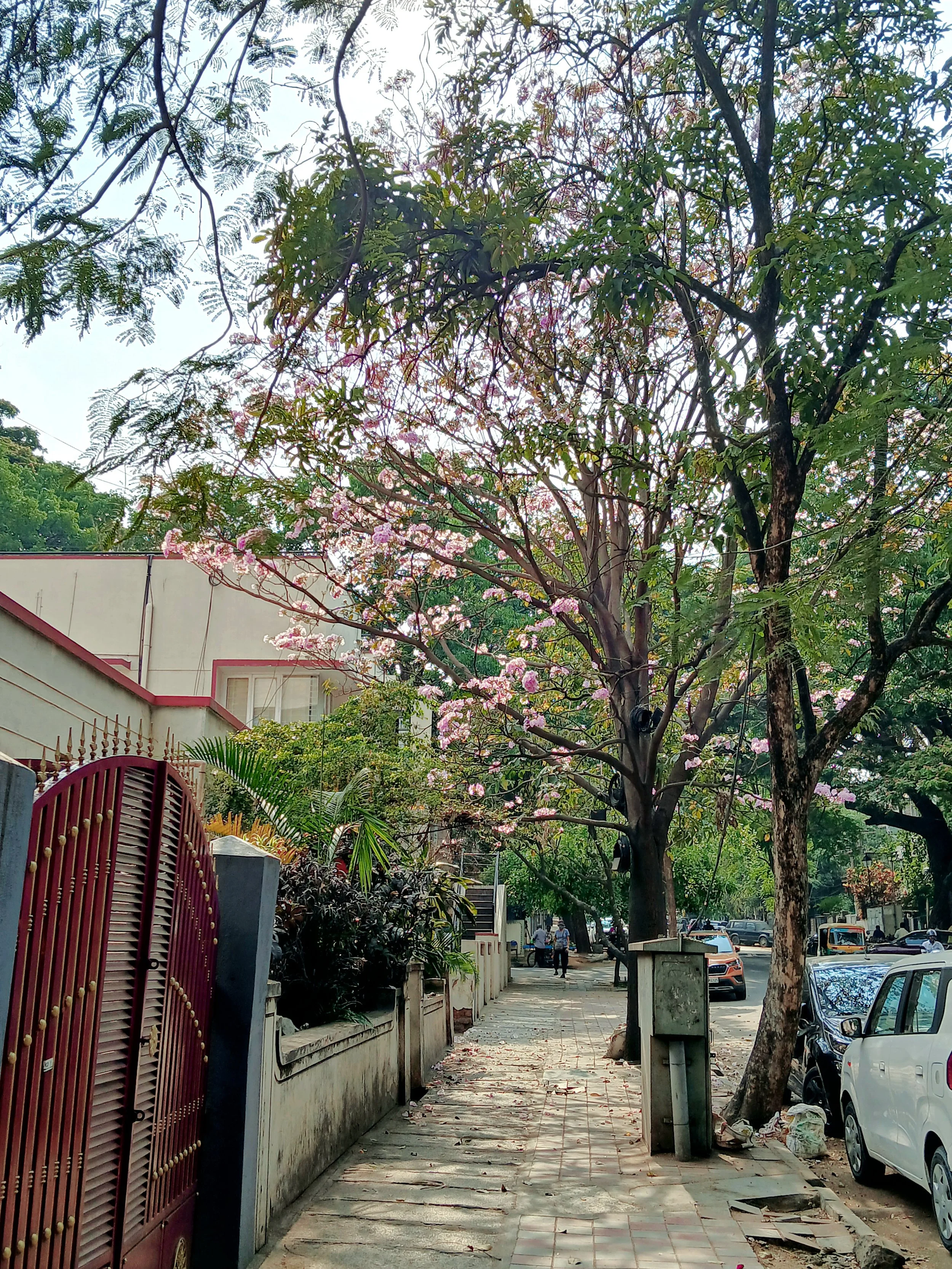
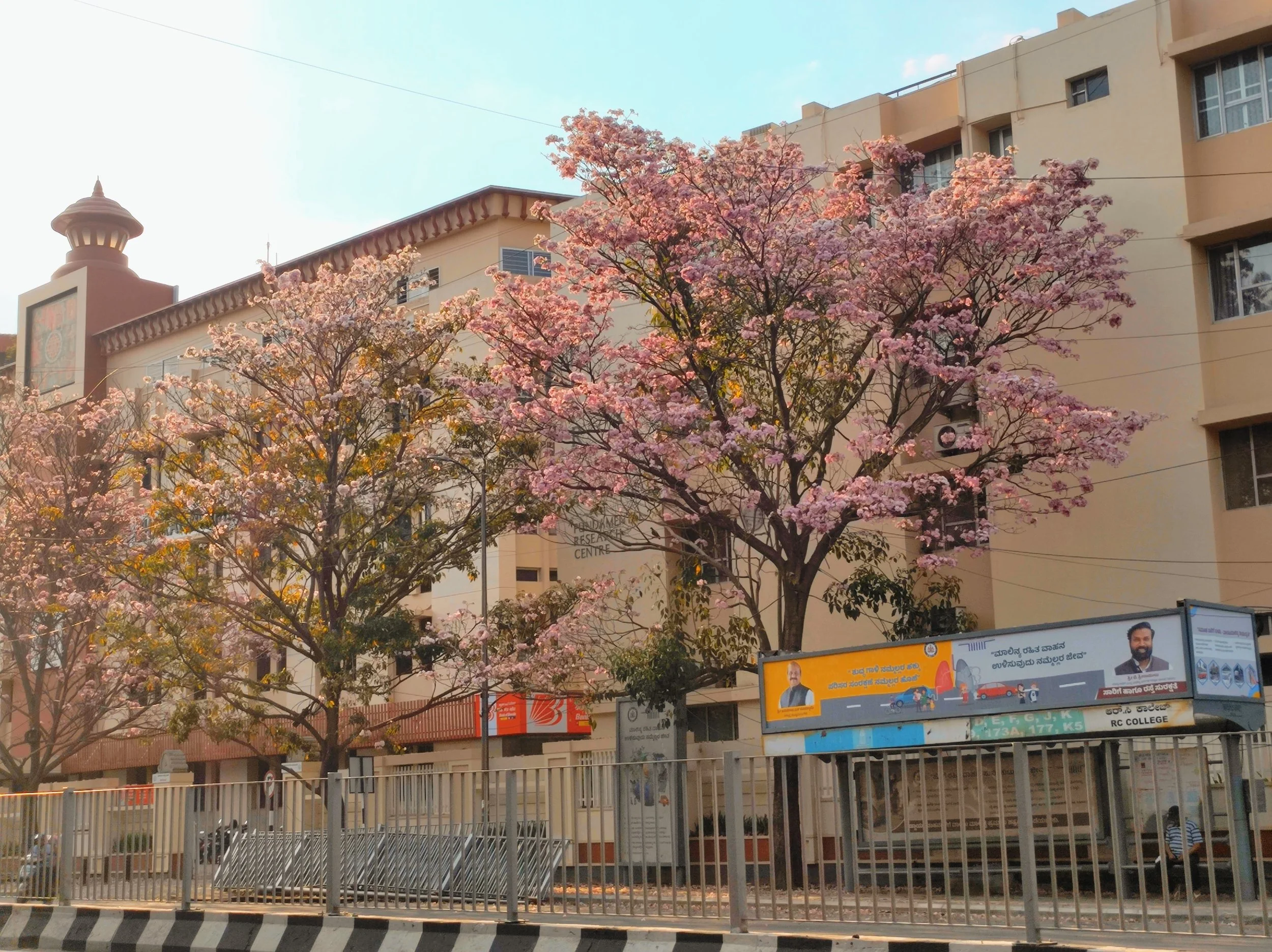
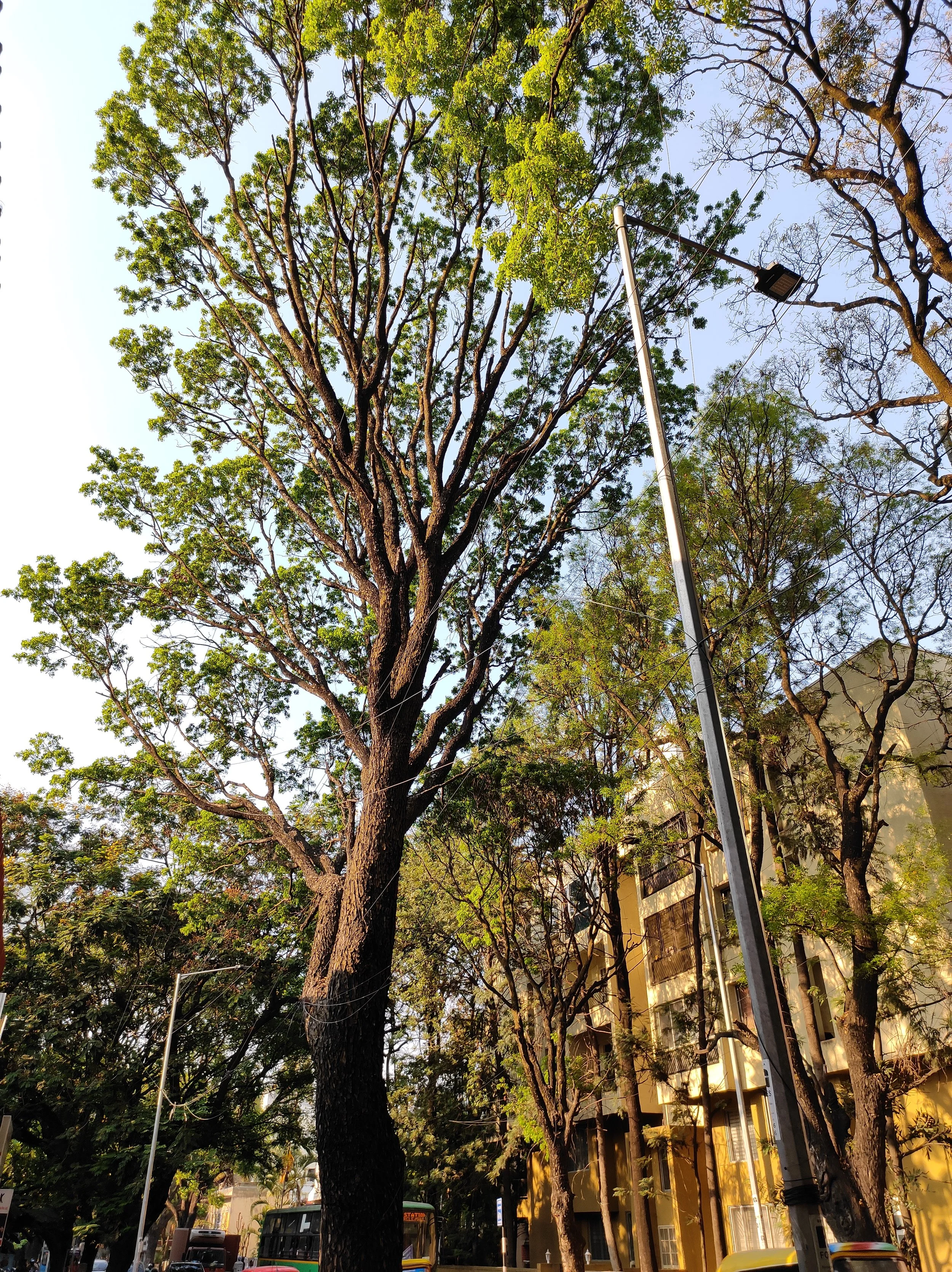

Aditi is a masters student who's a nature lover and enjoys taking photographs of anything in my surroundings that she finds interesting or pretty.


